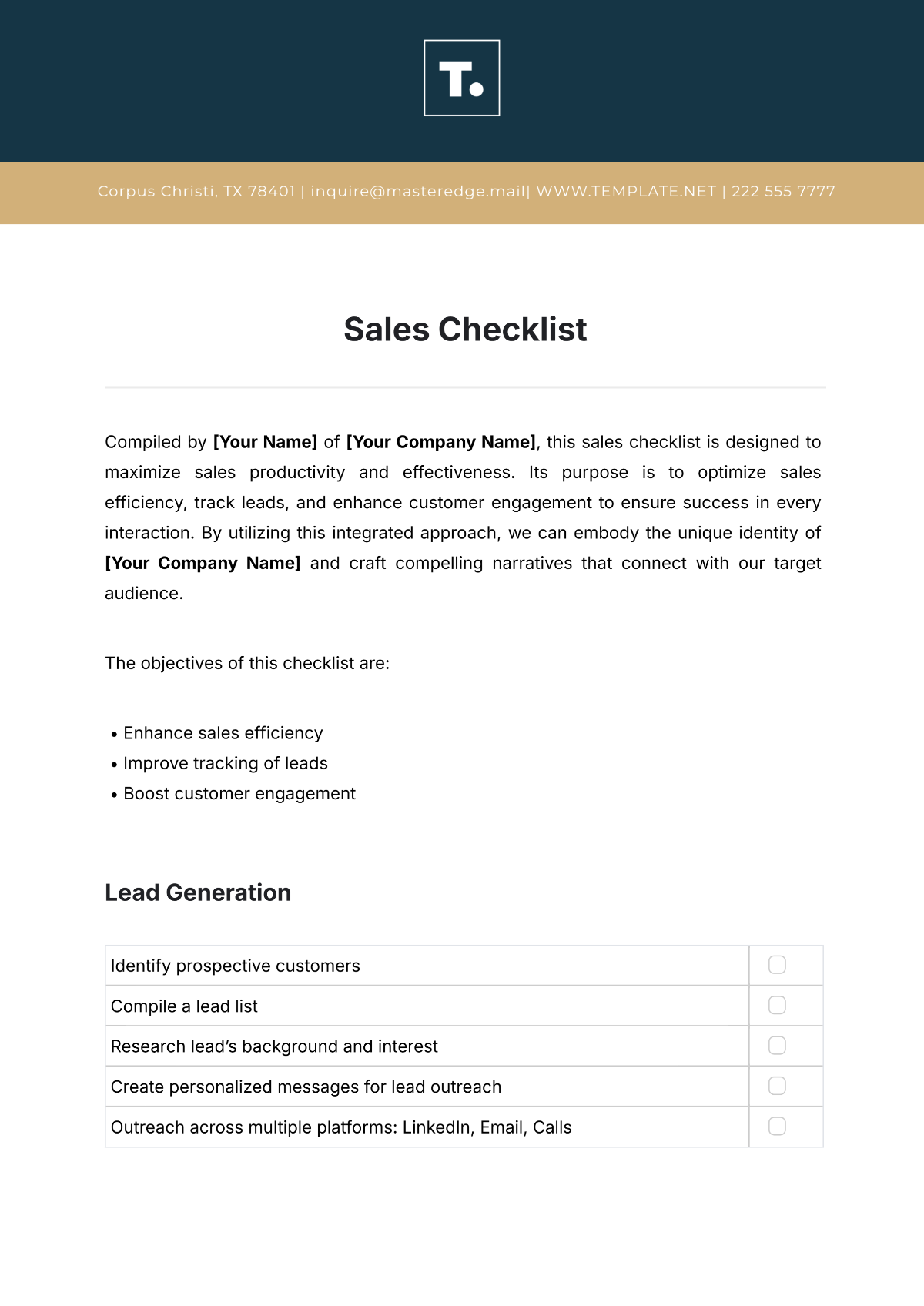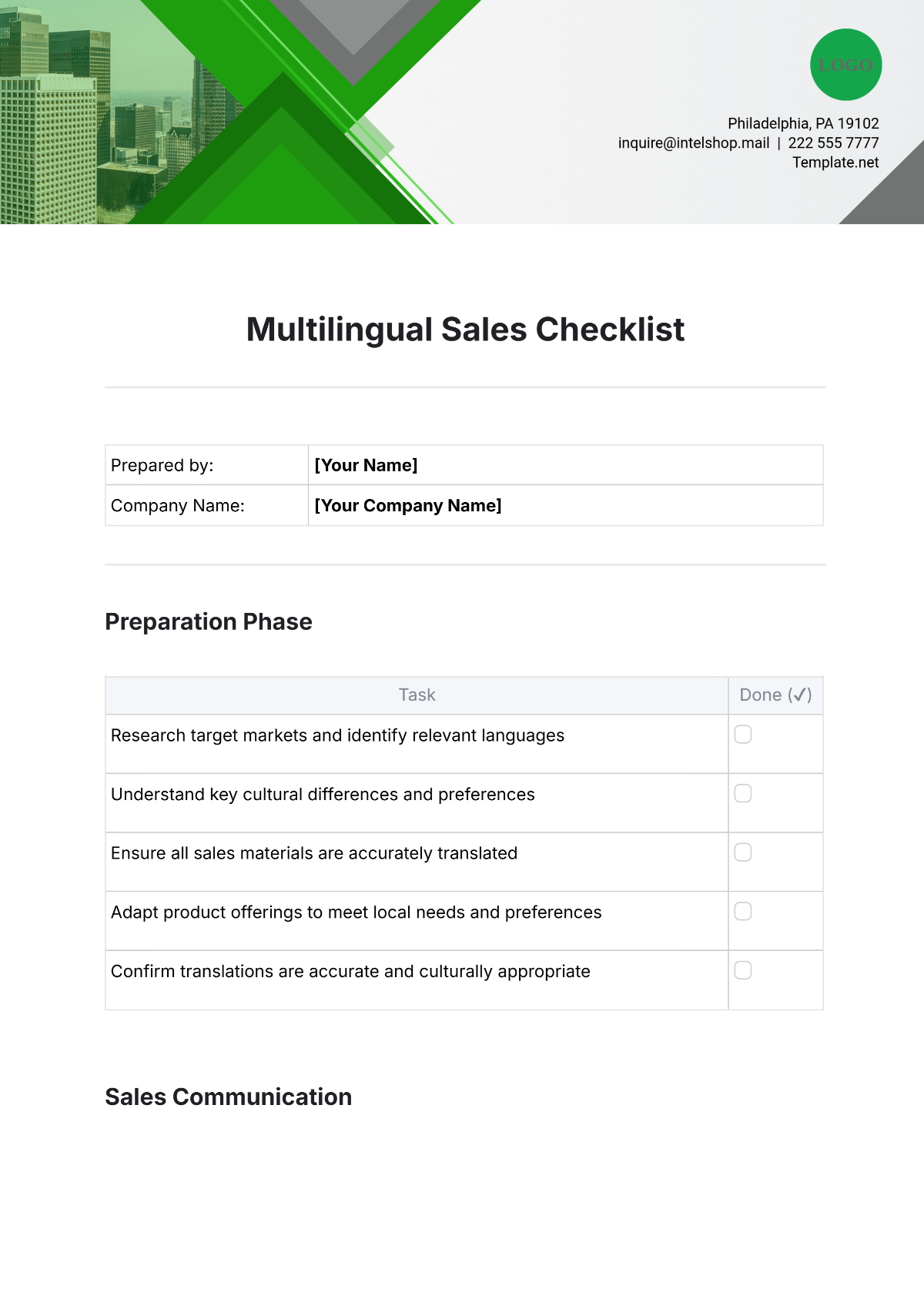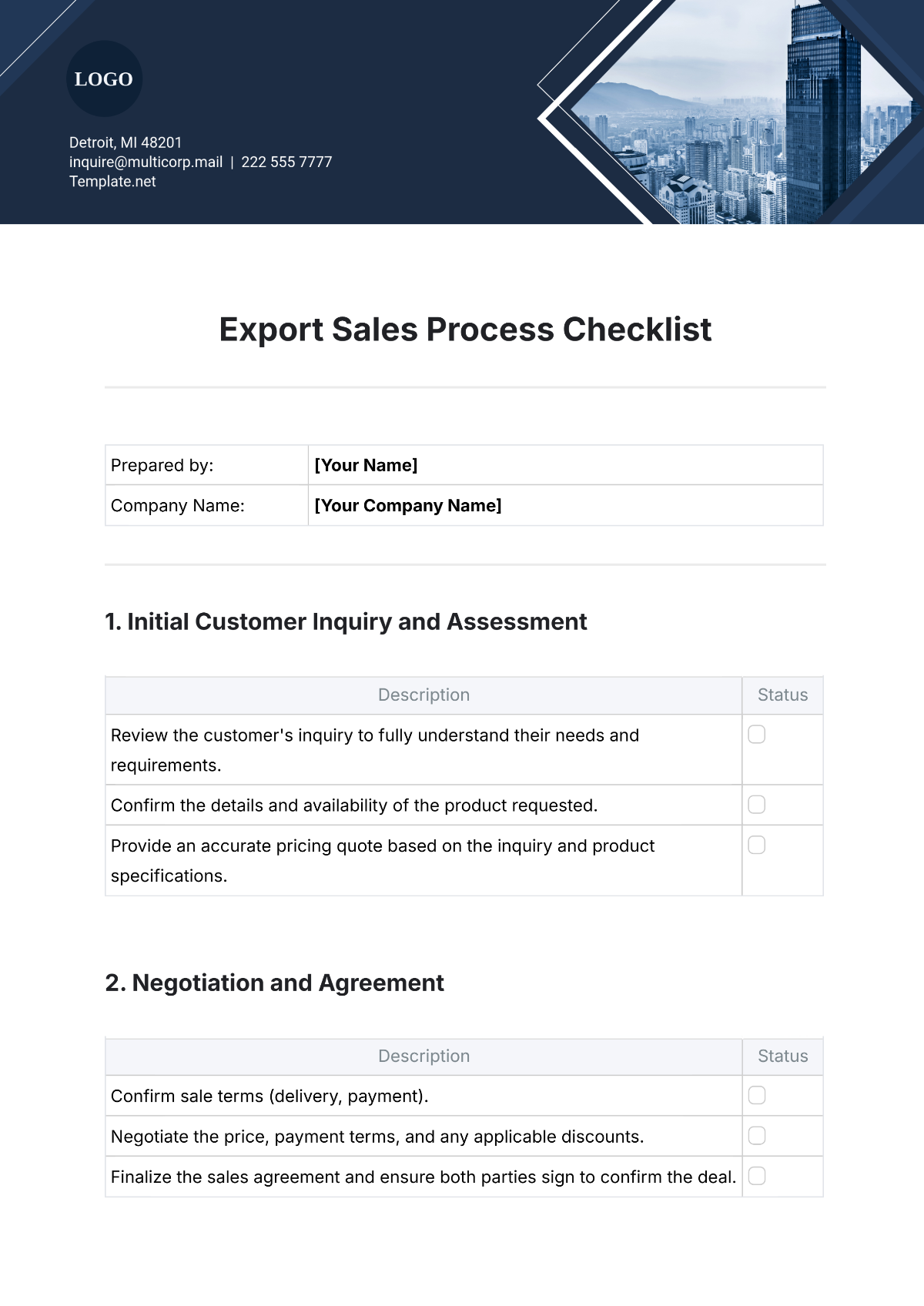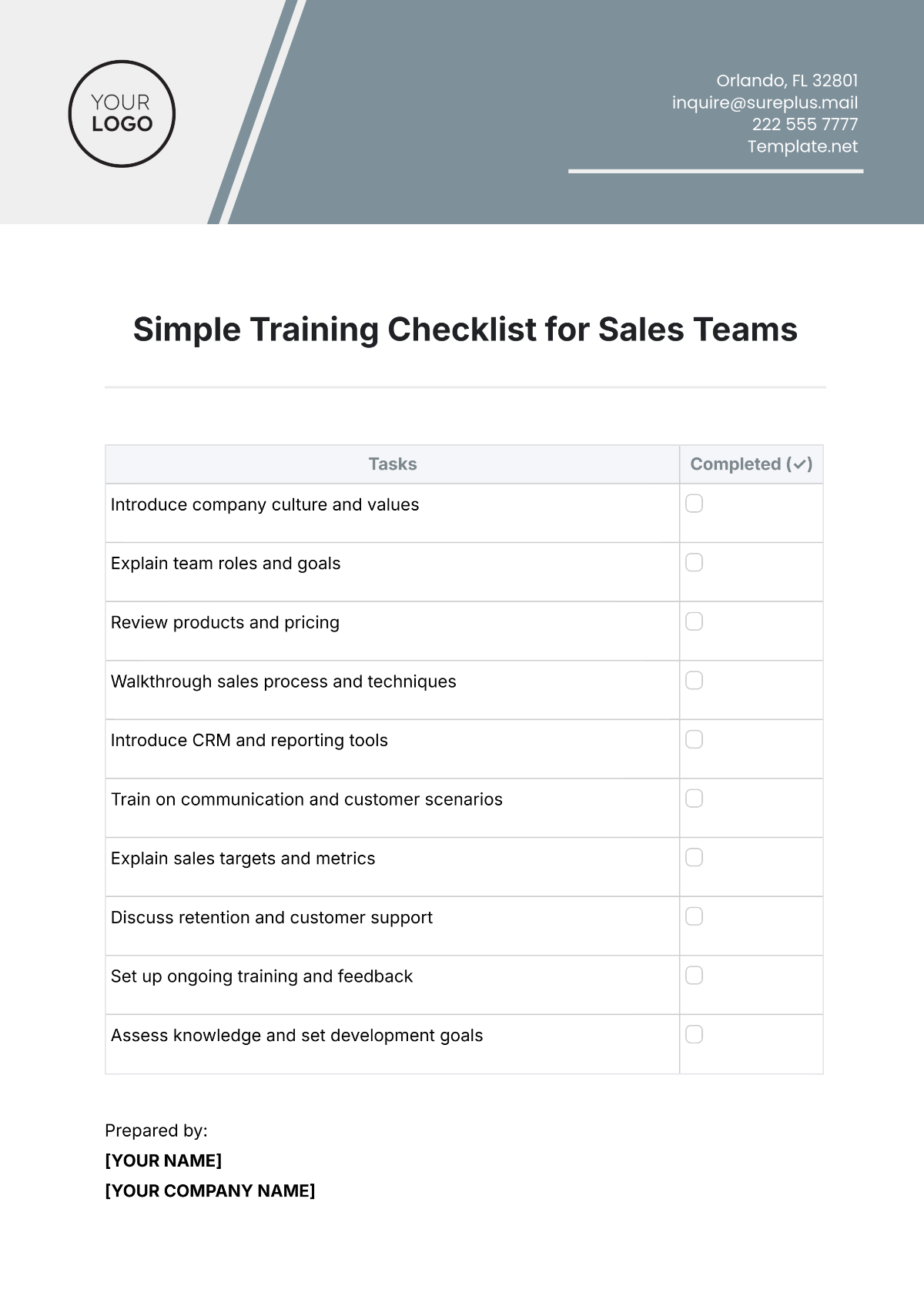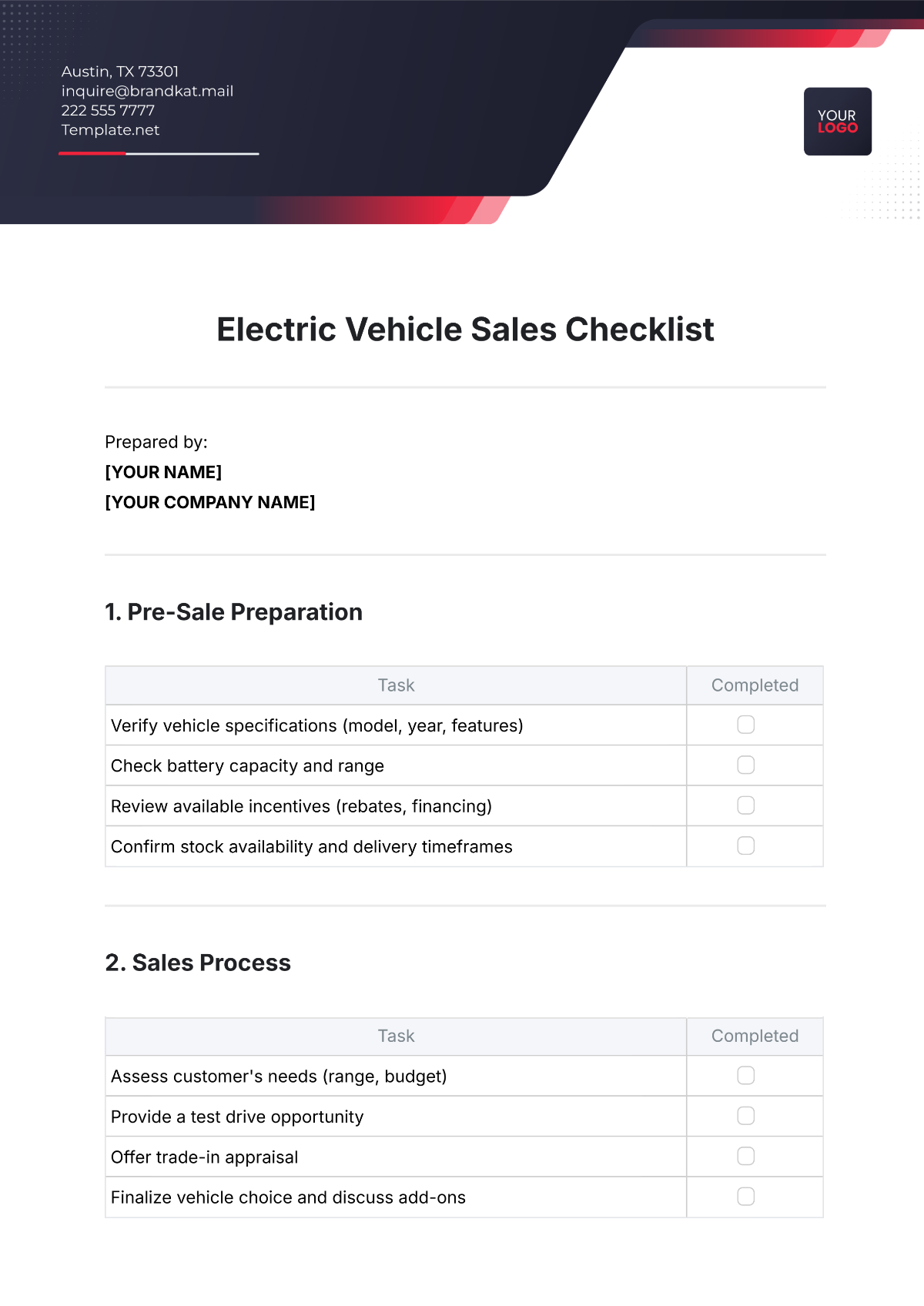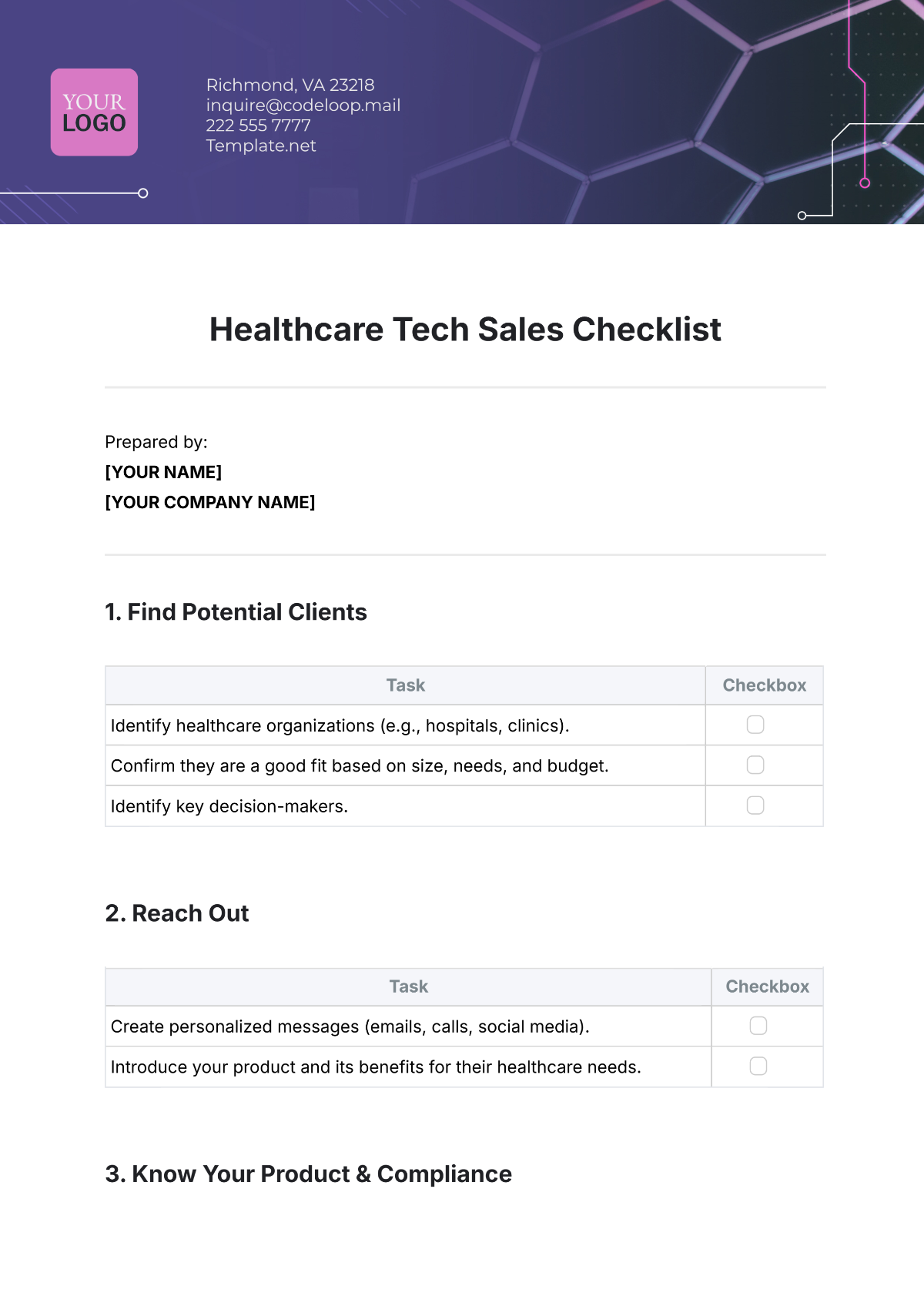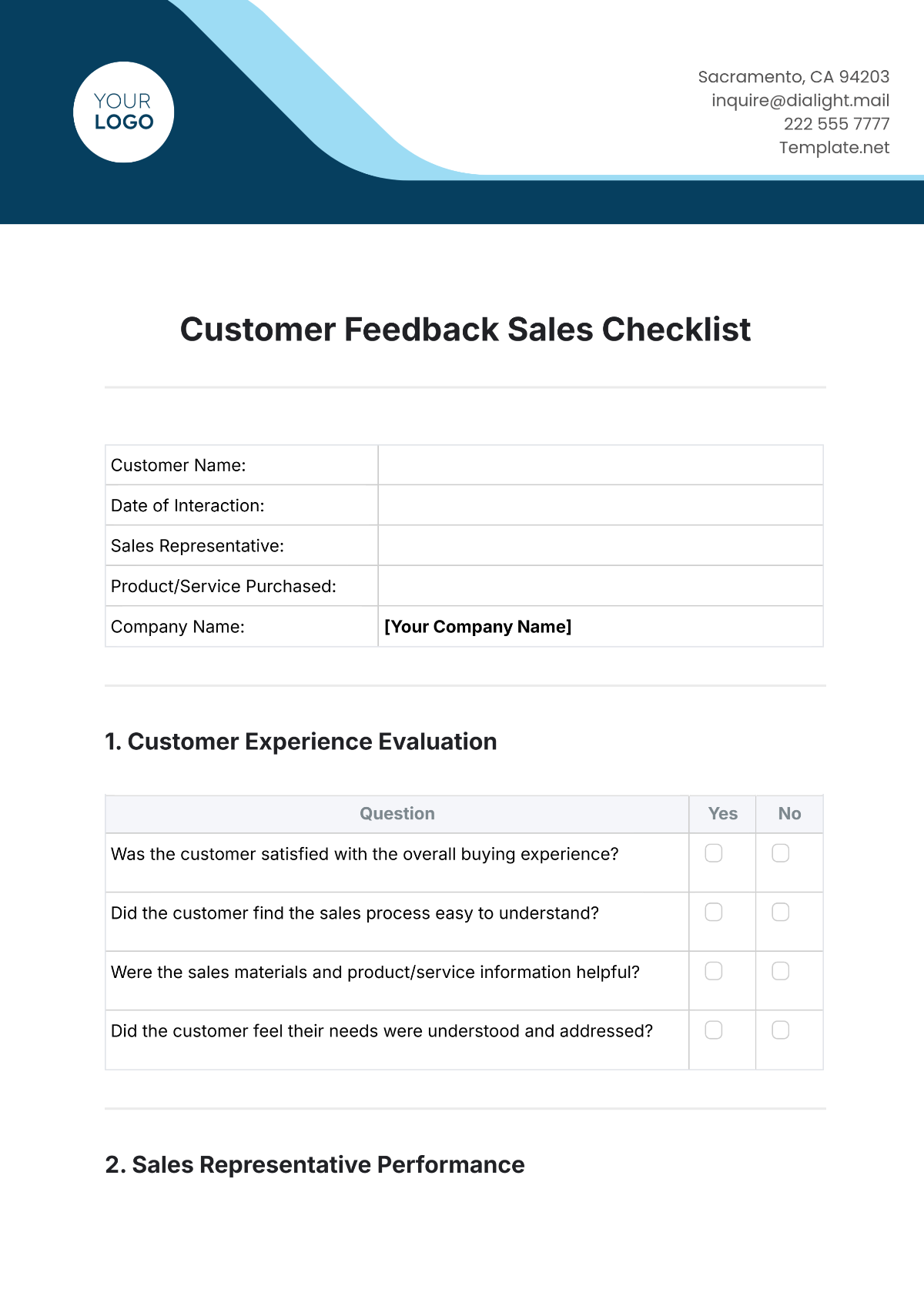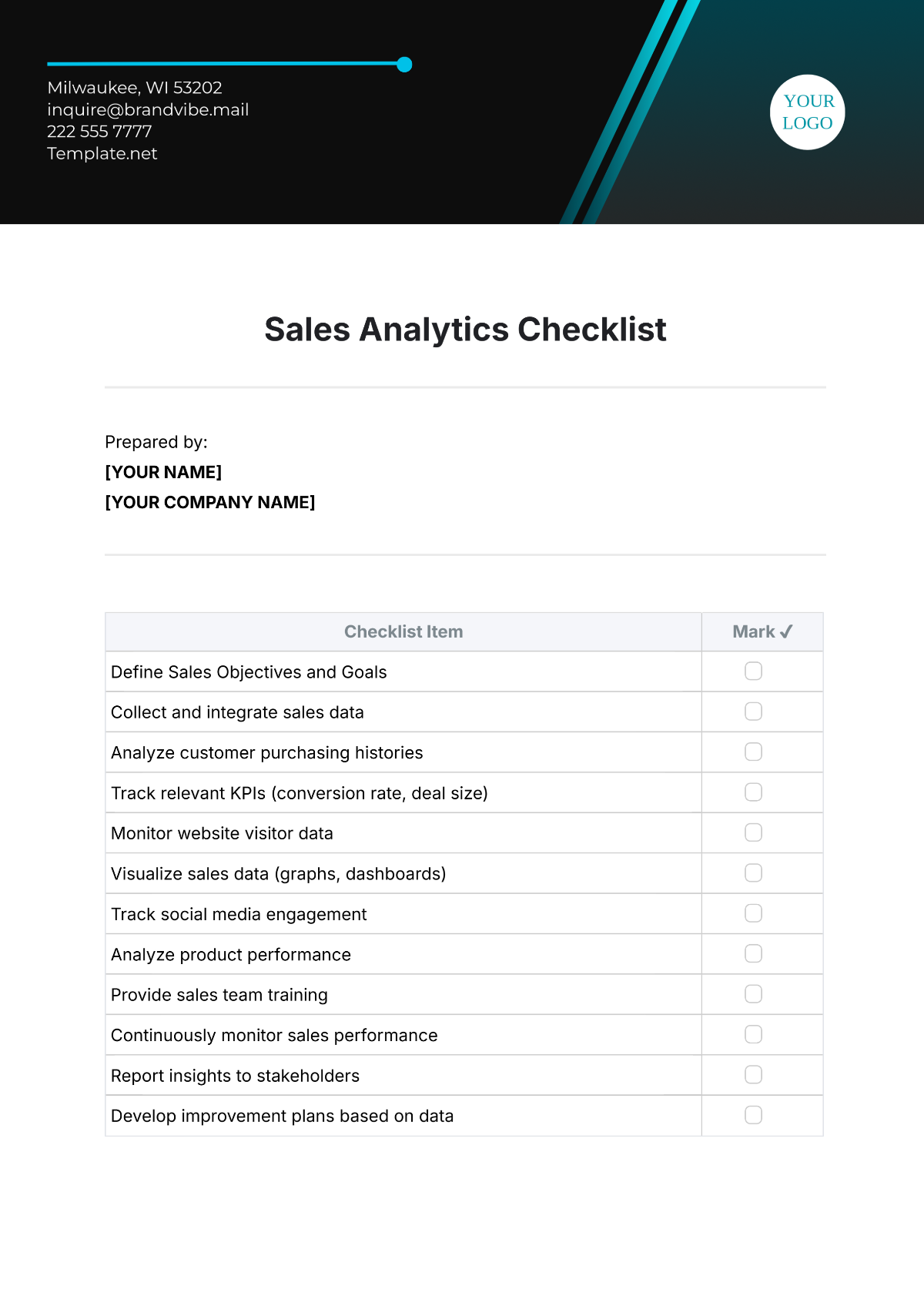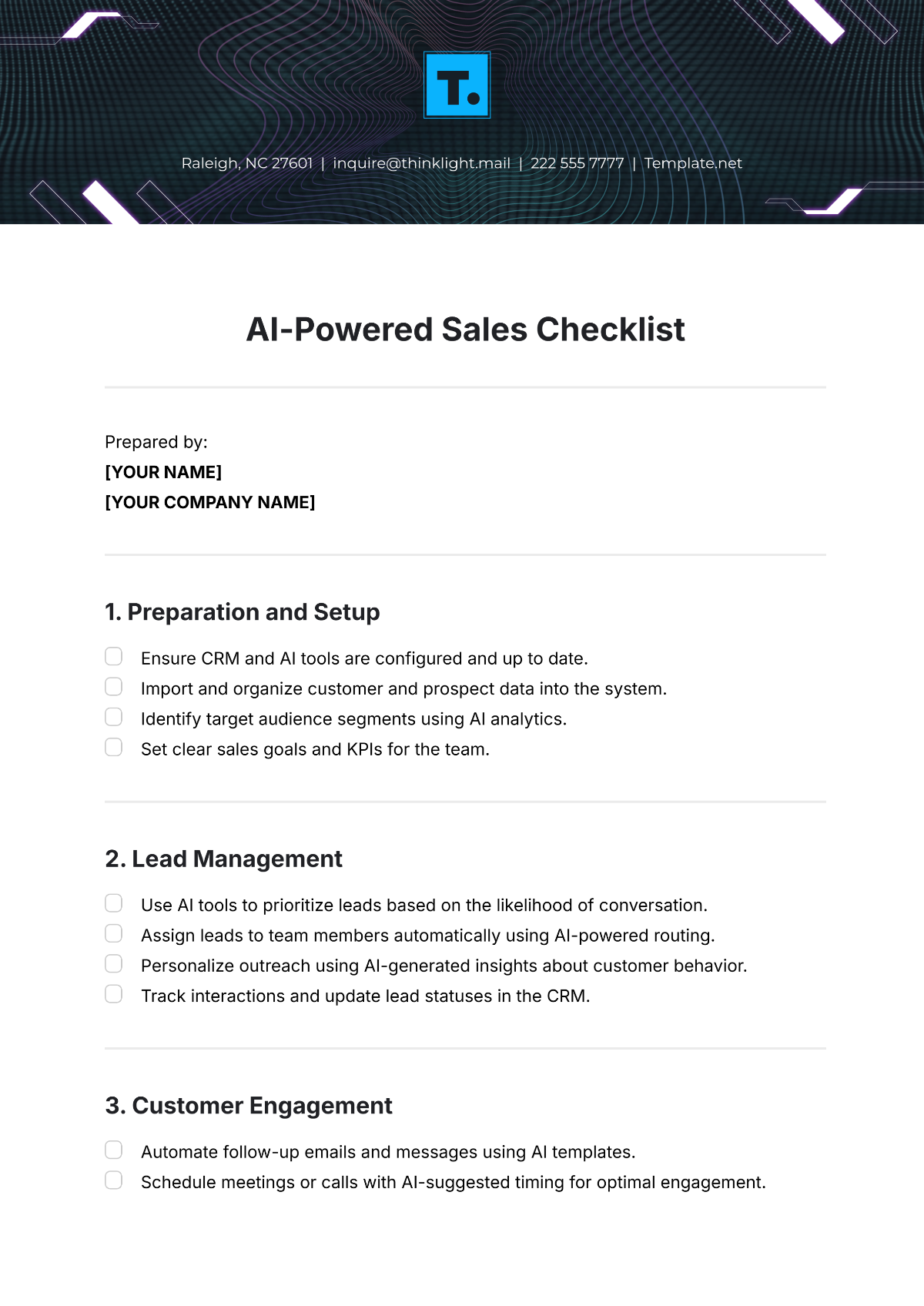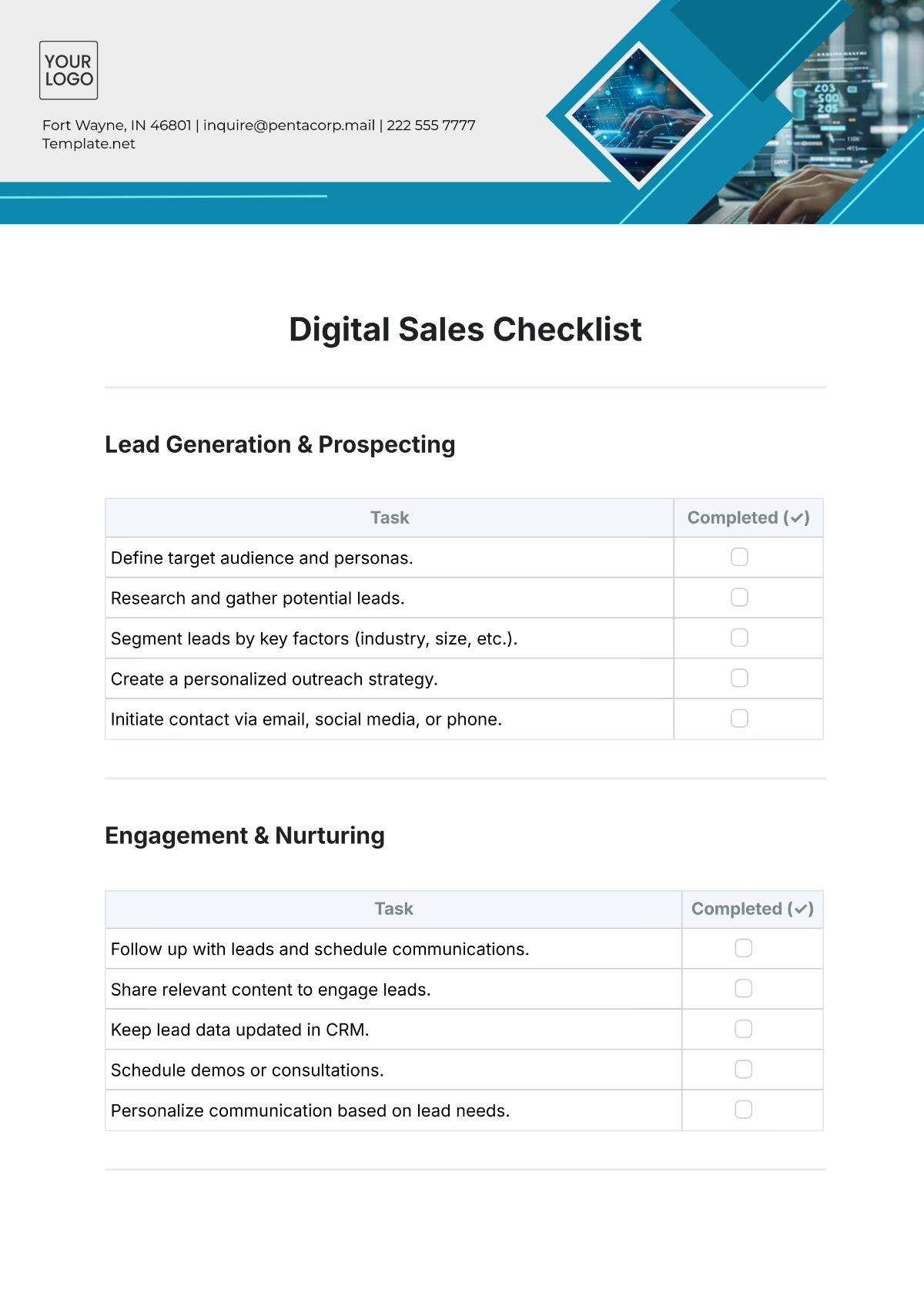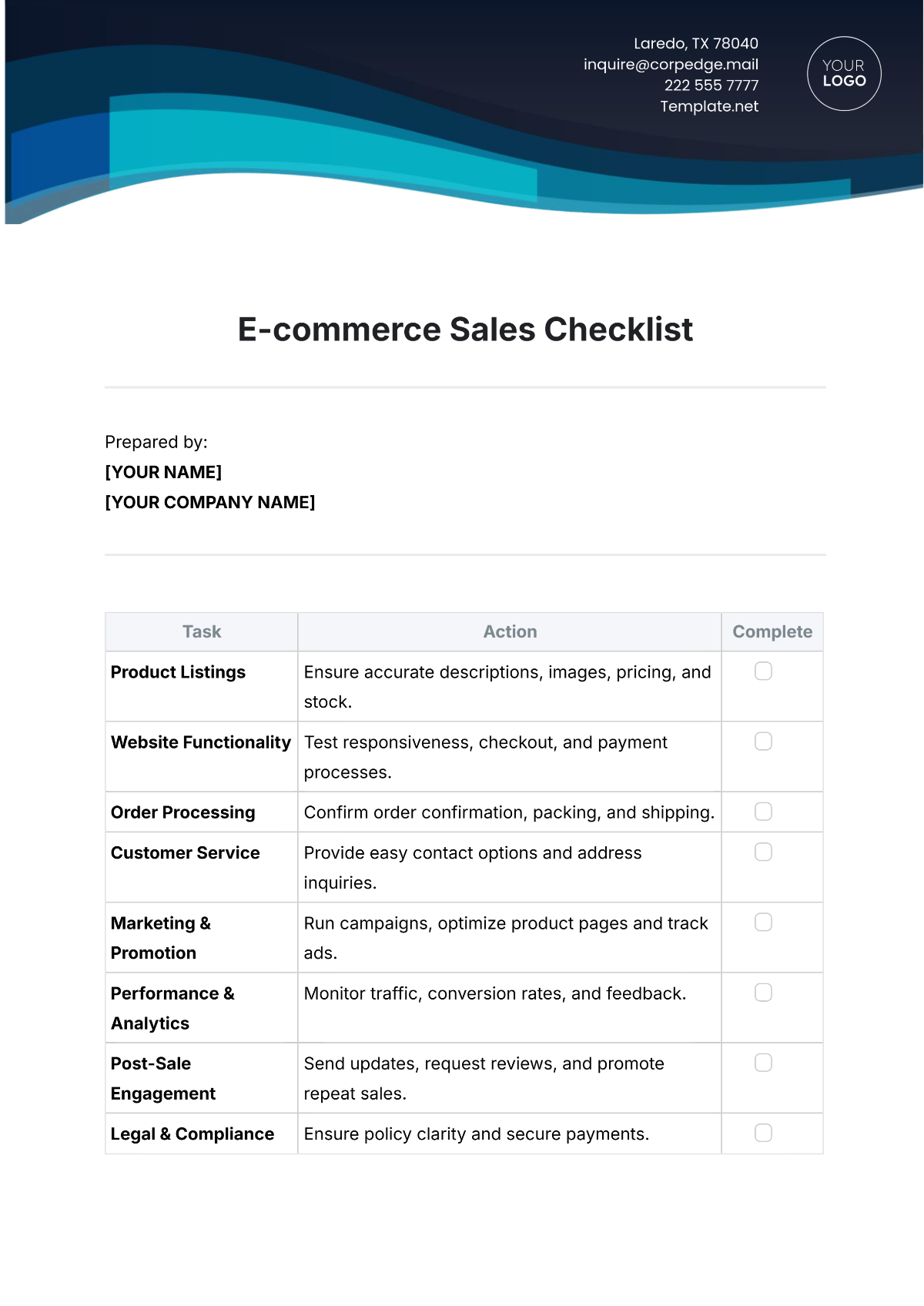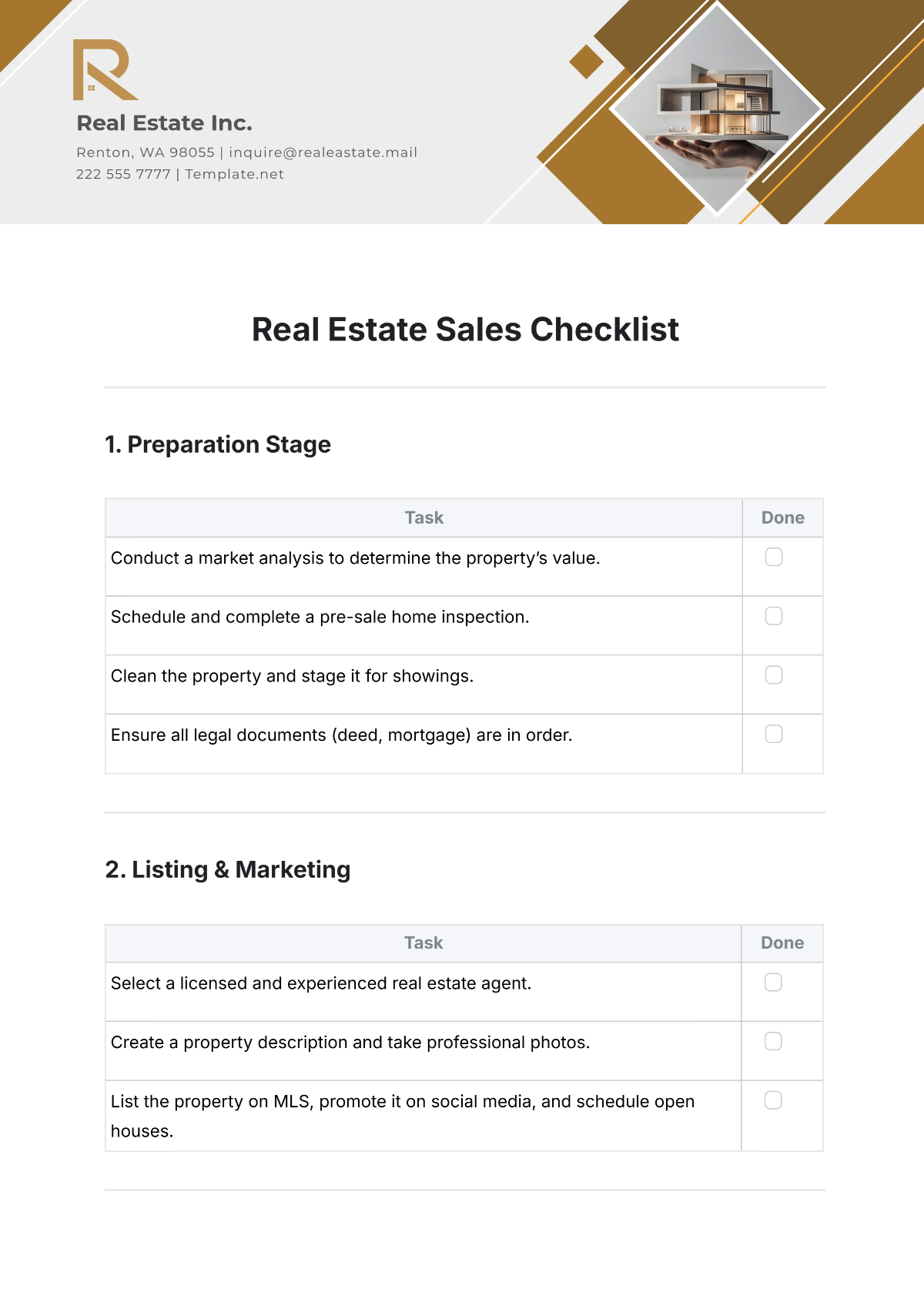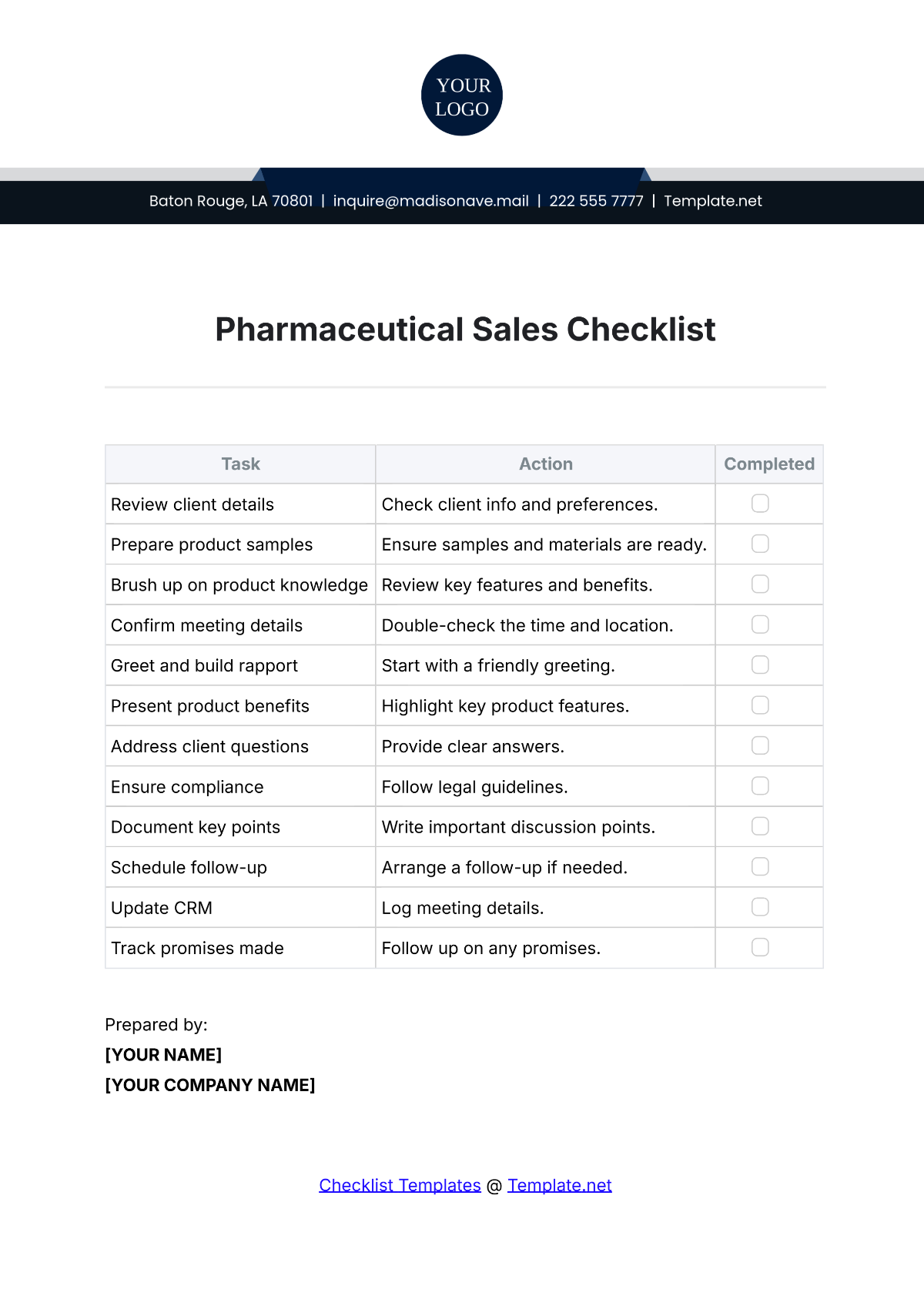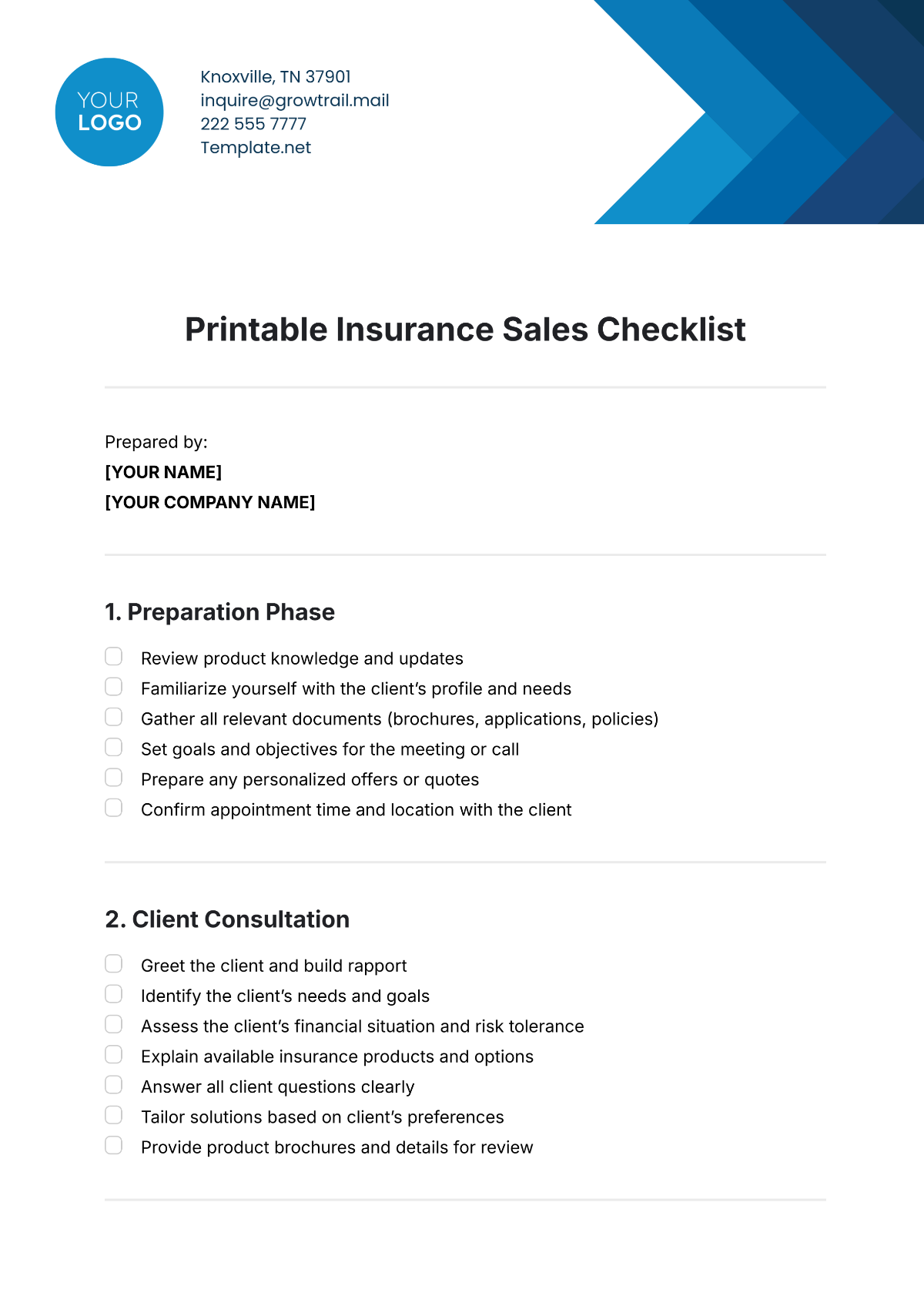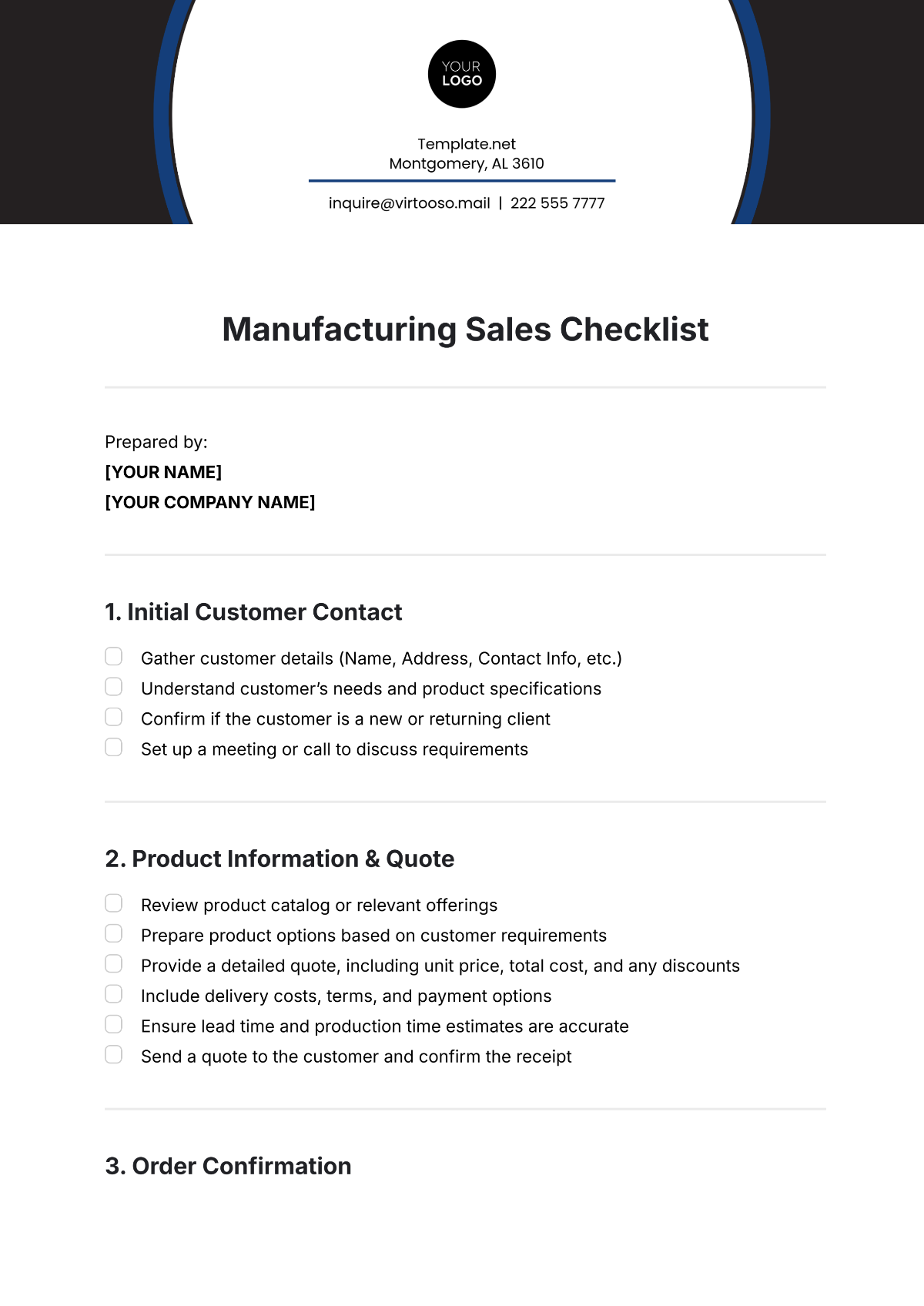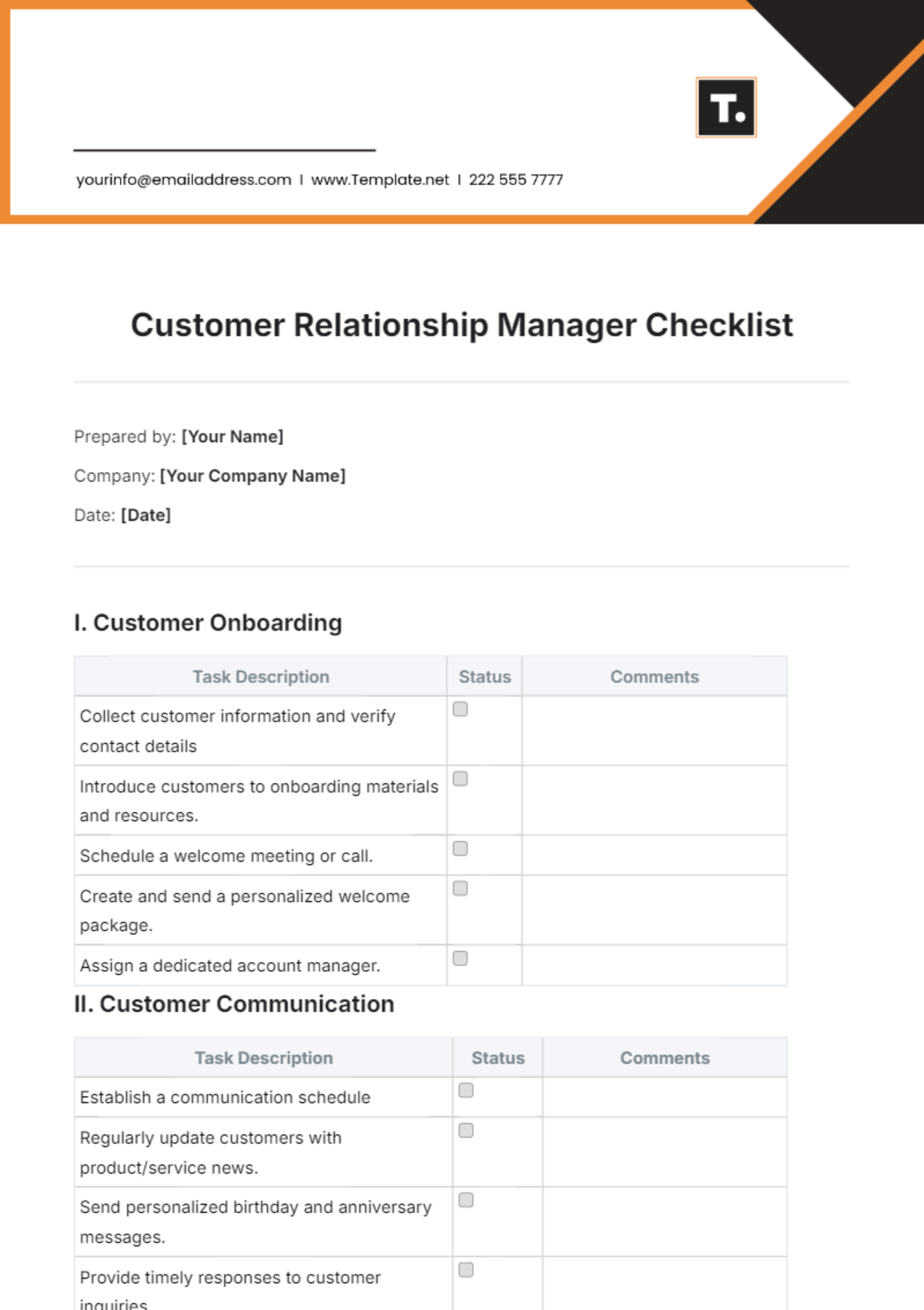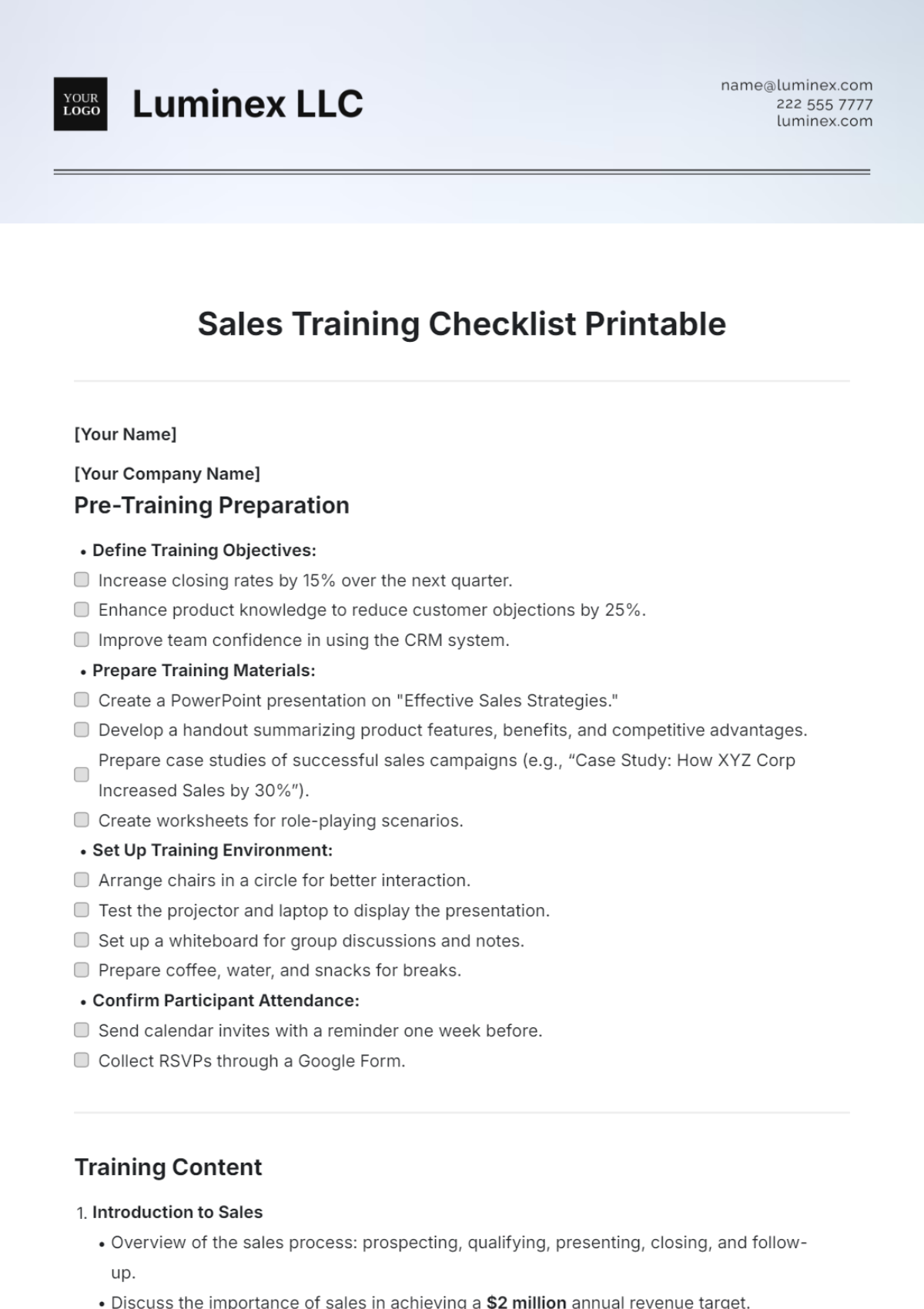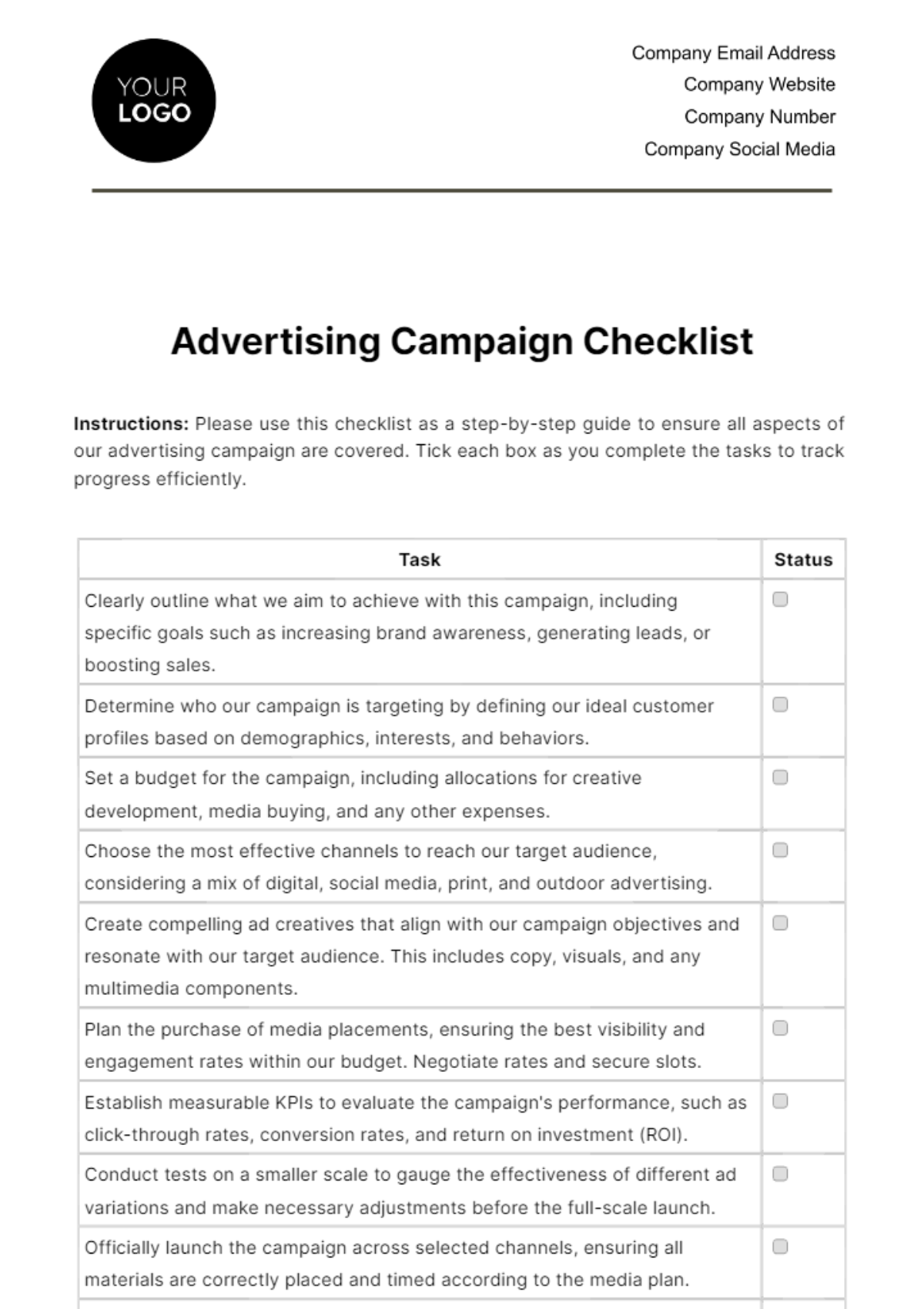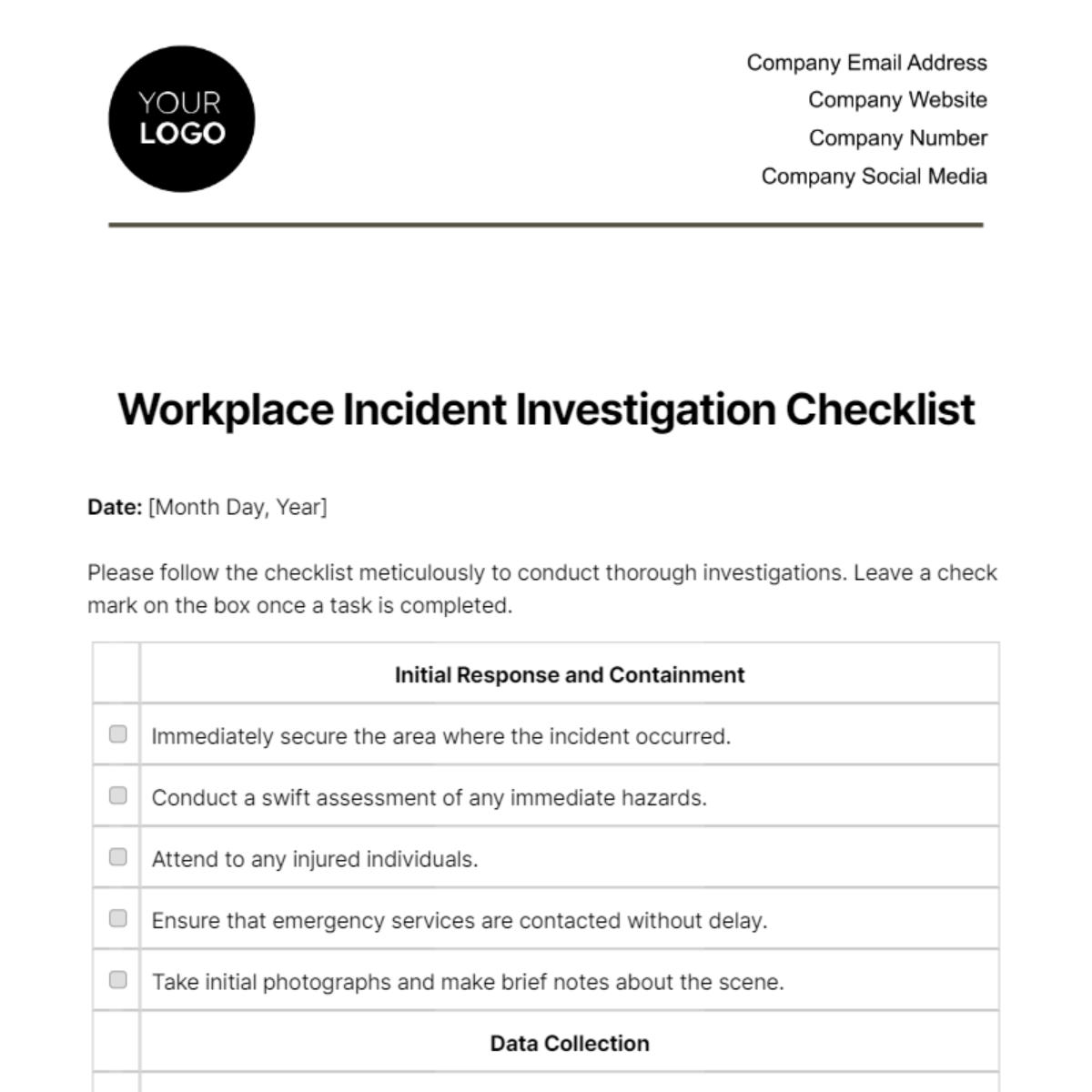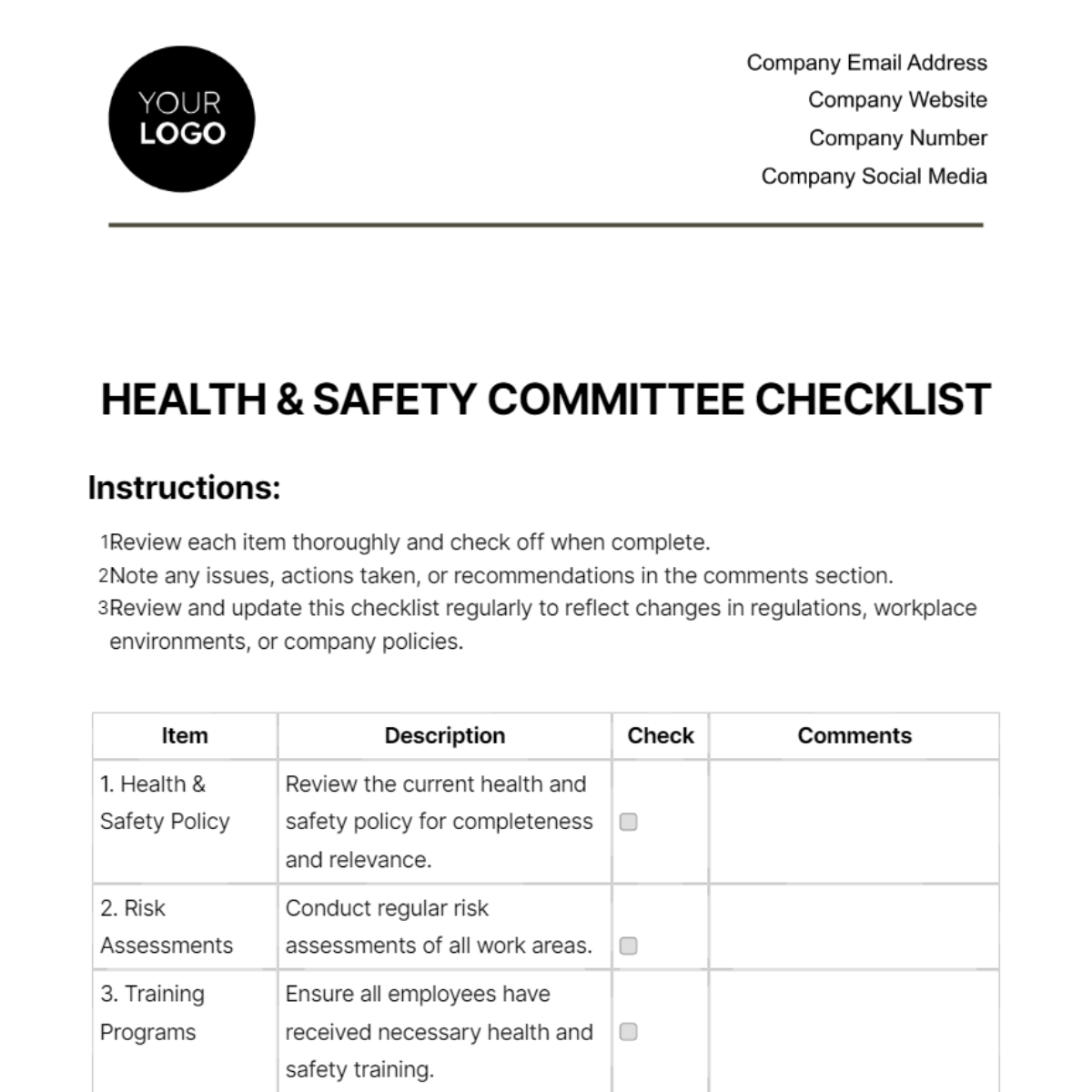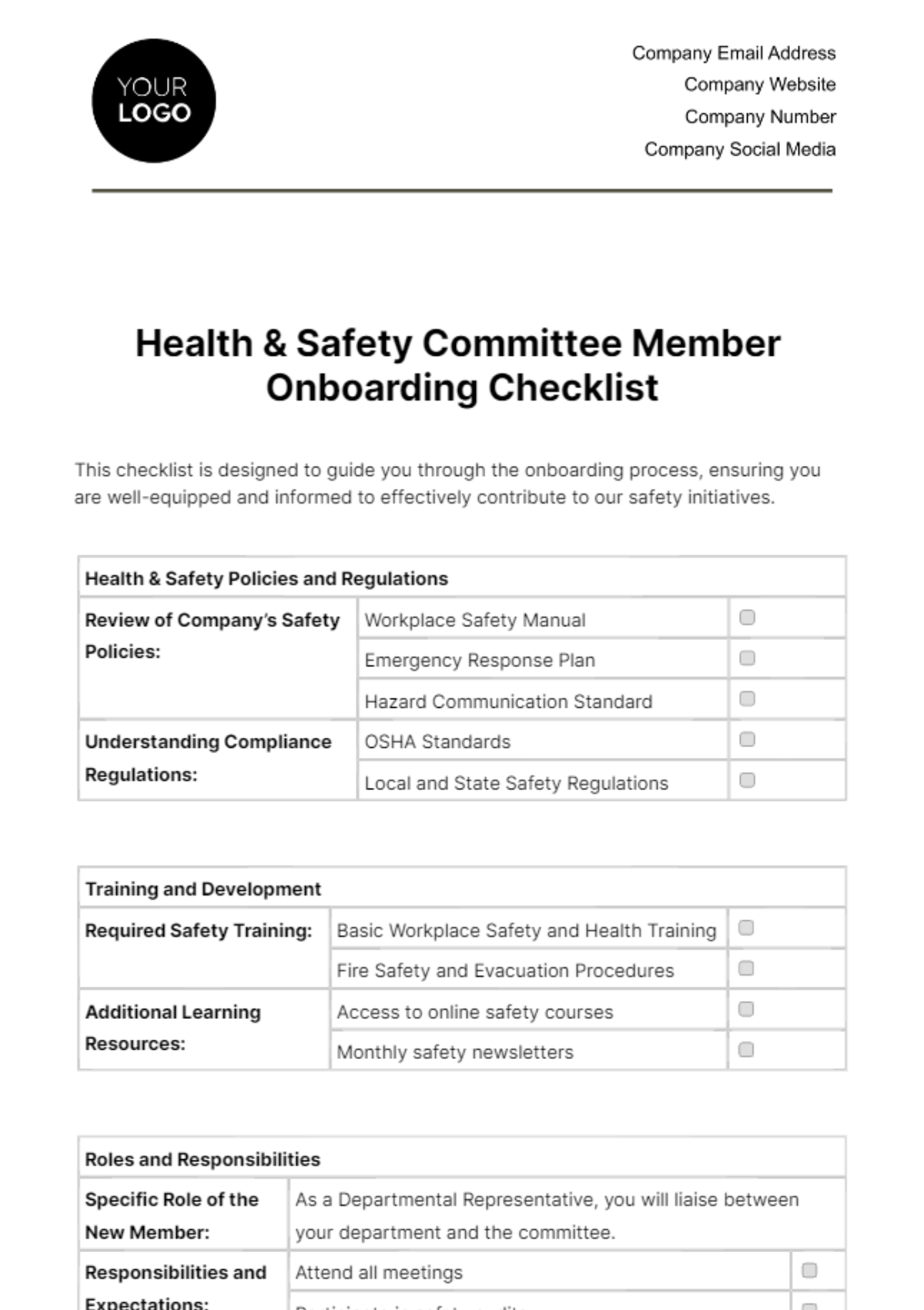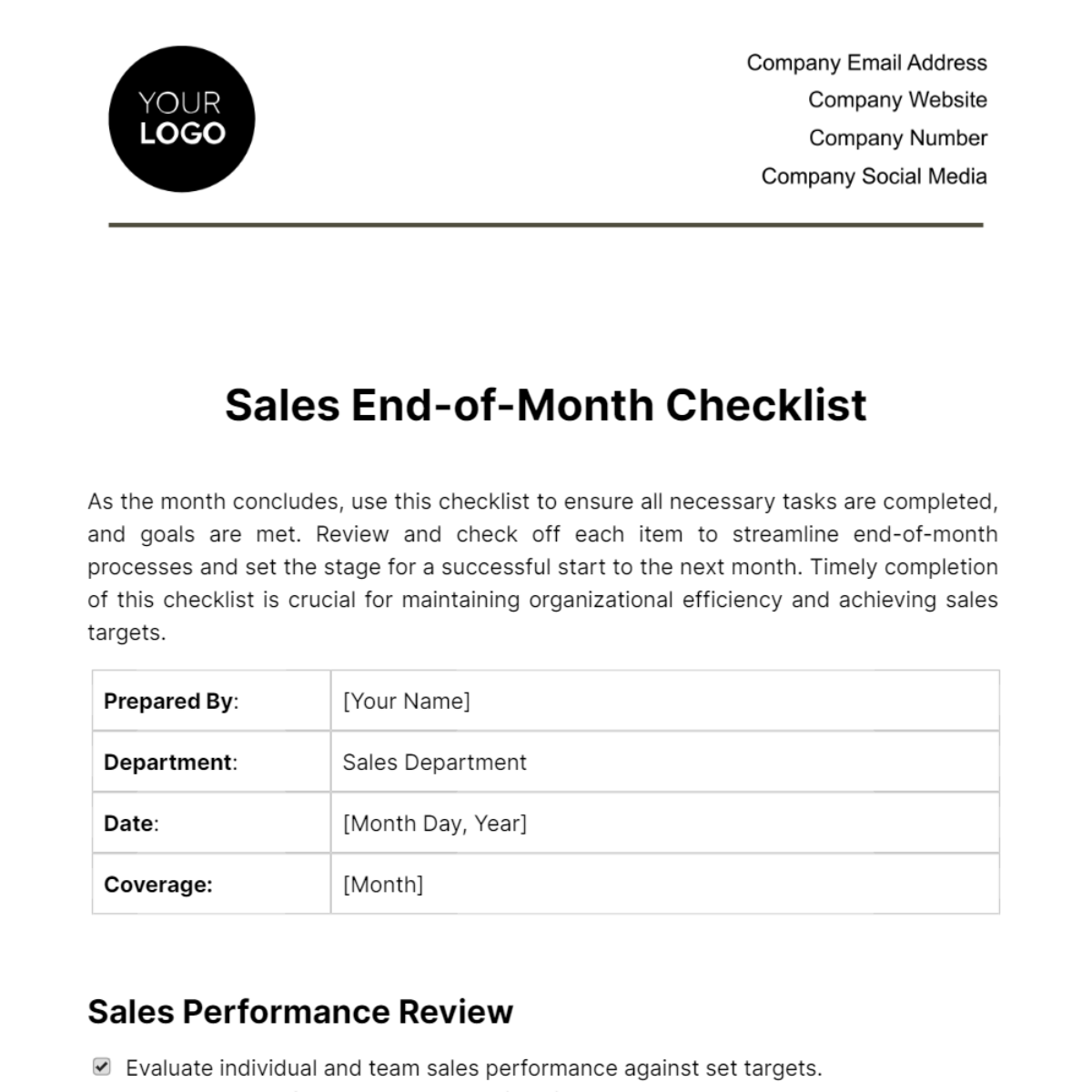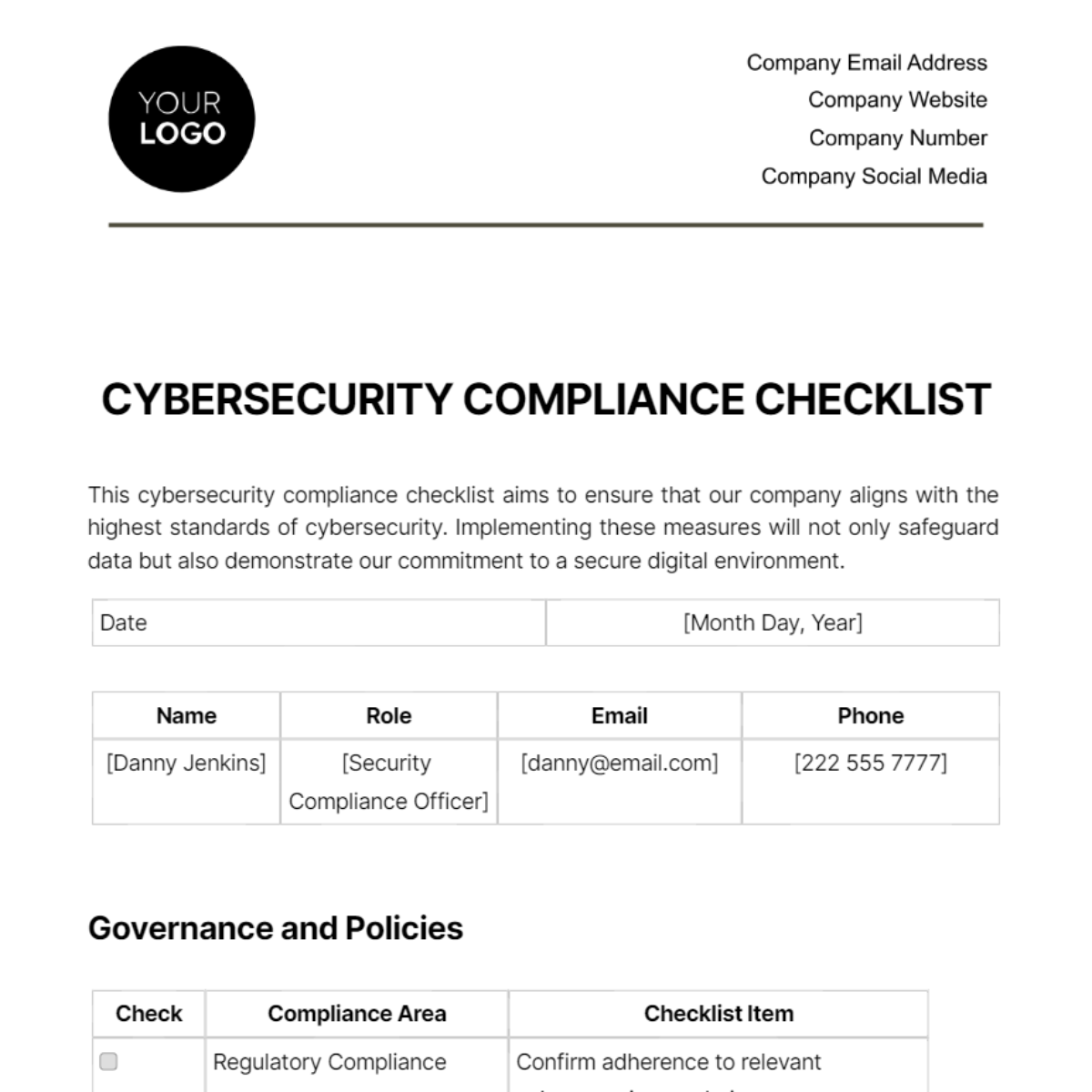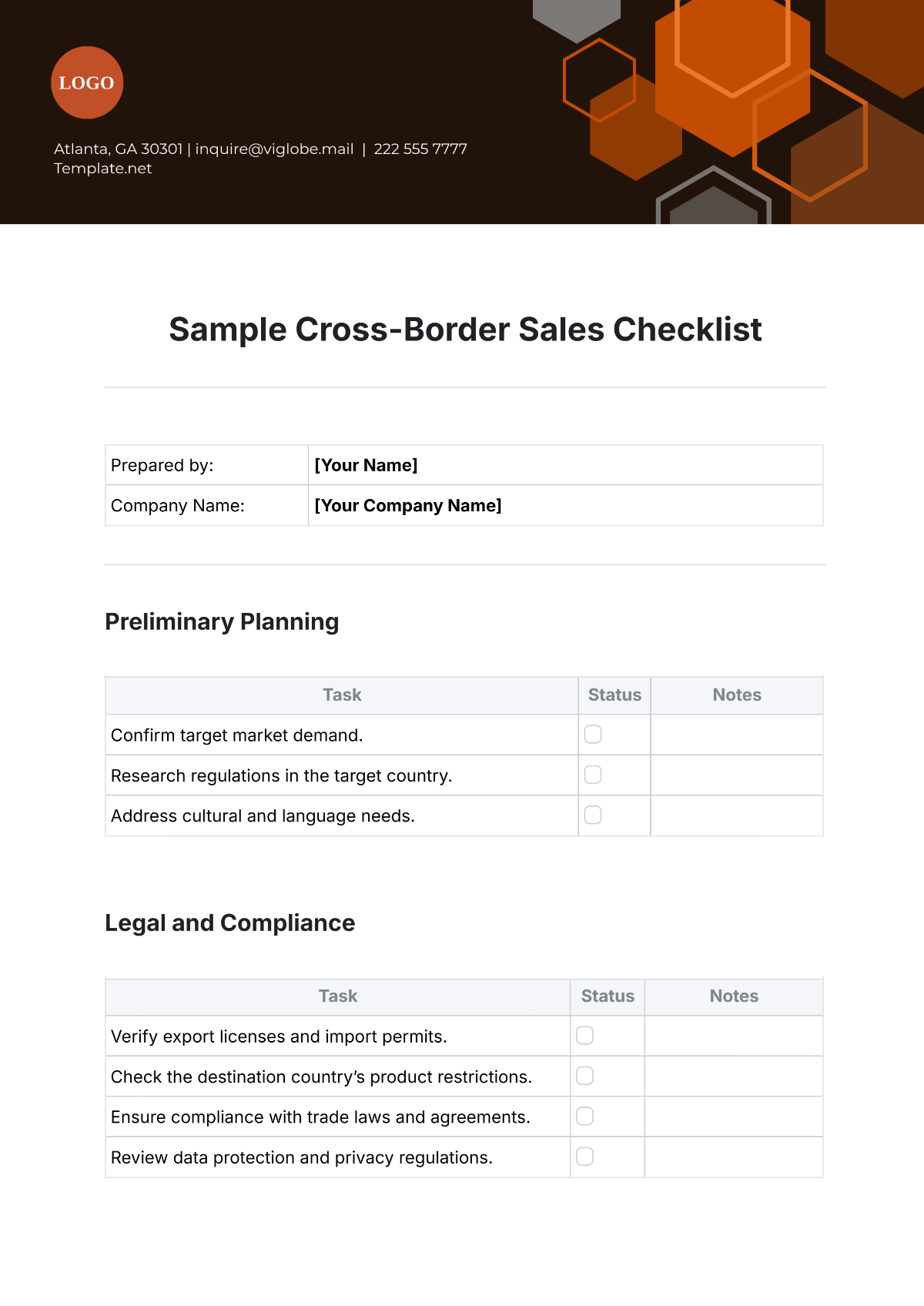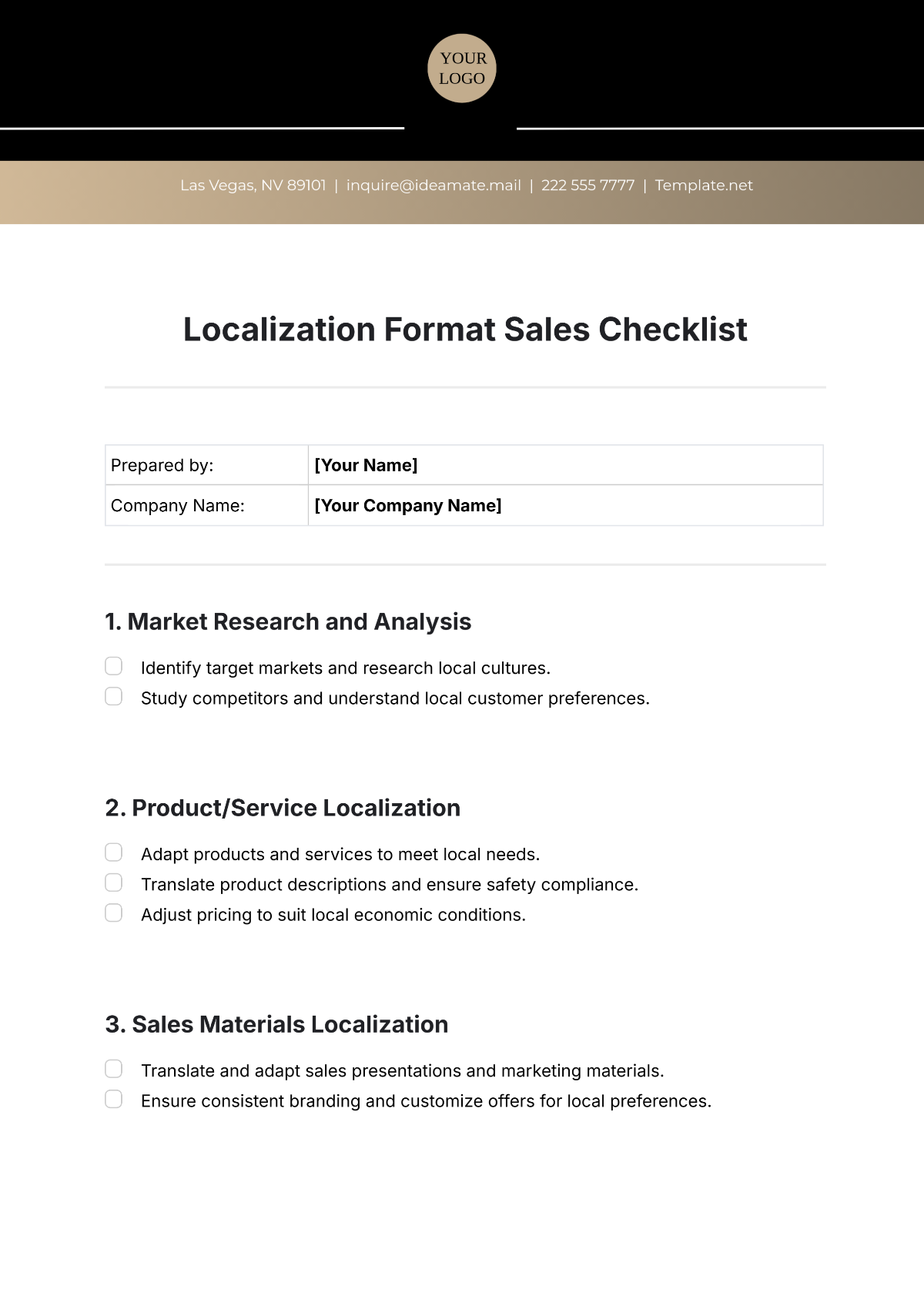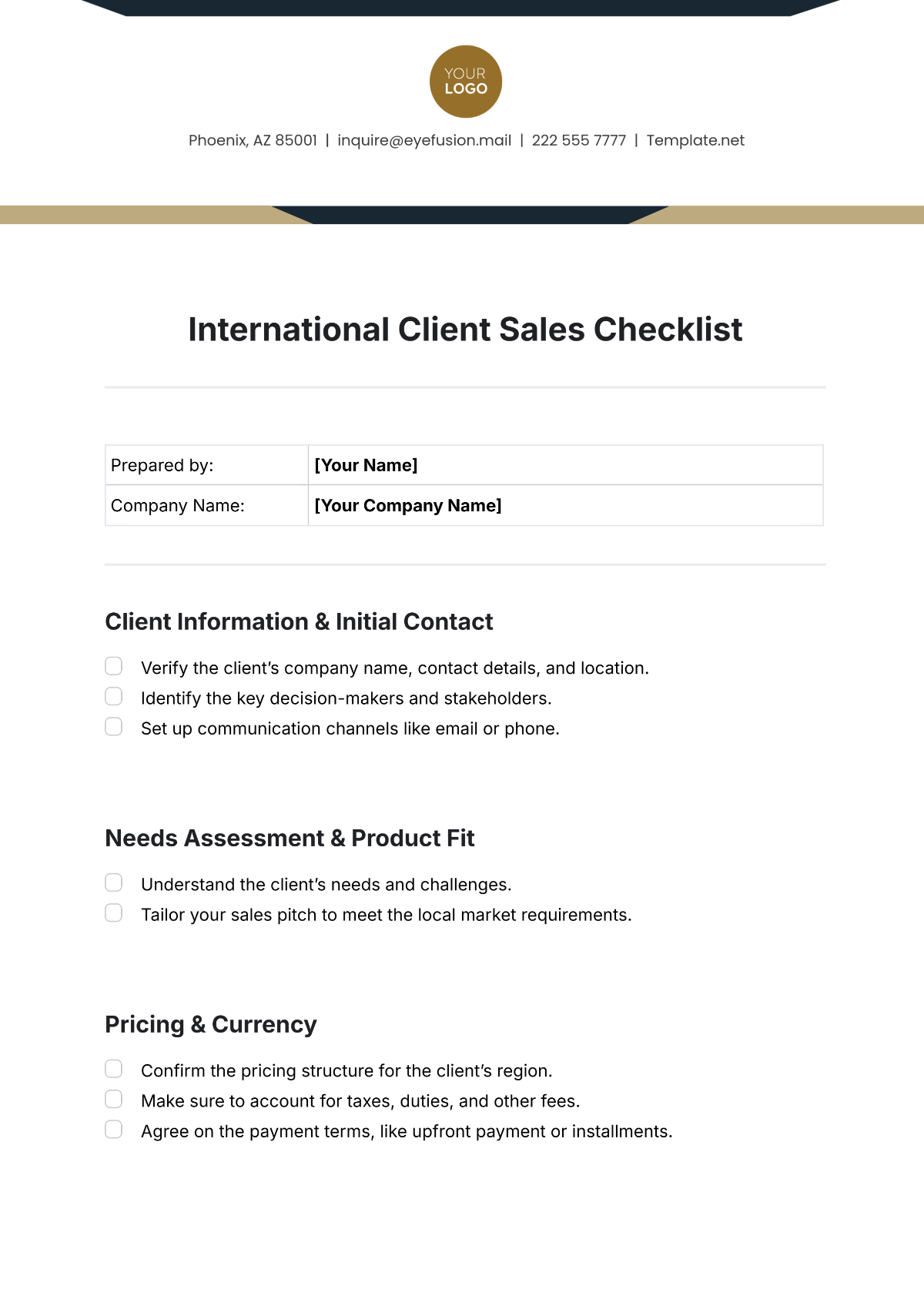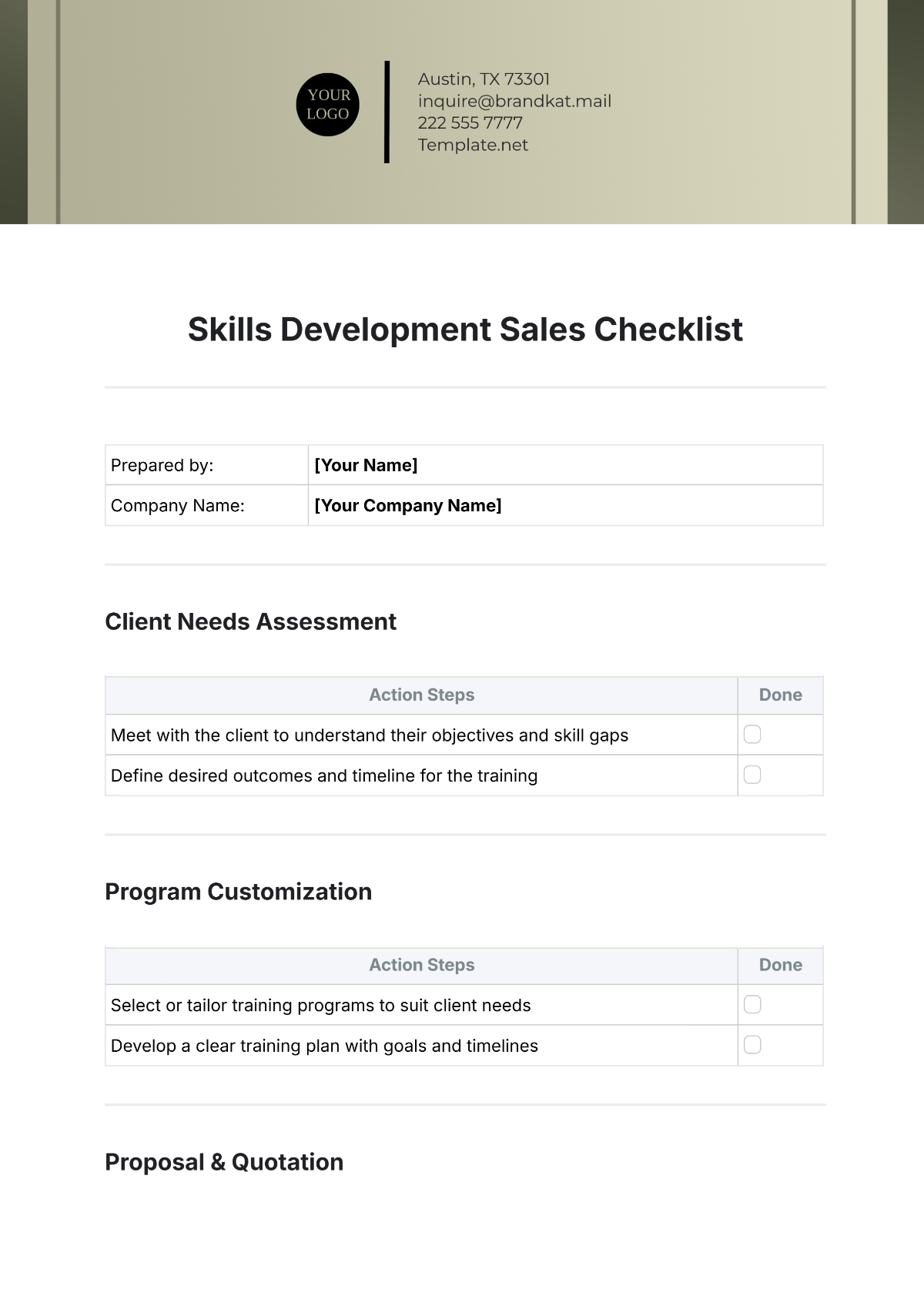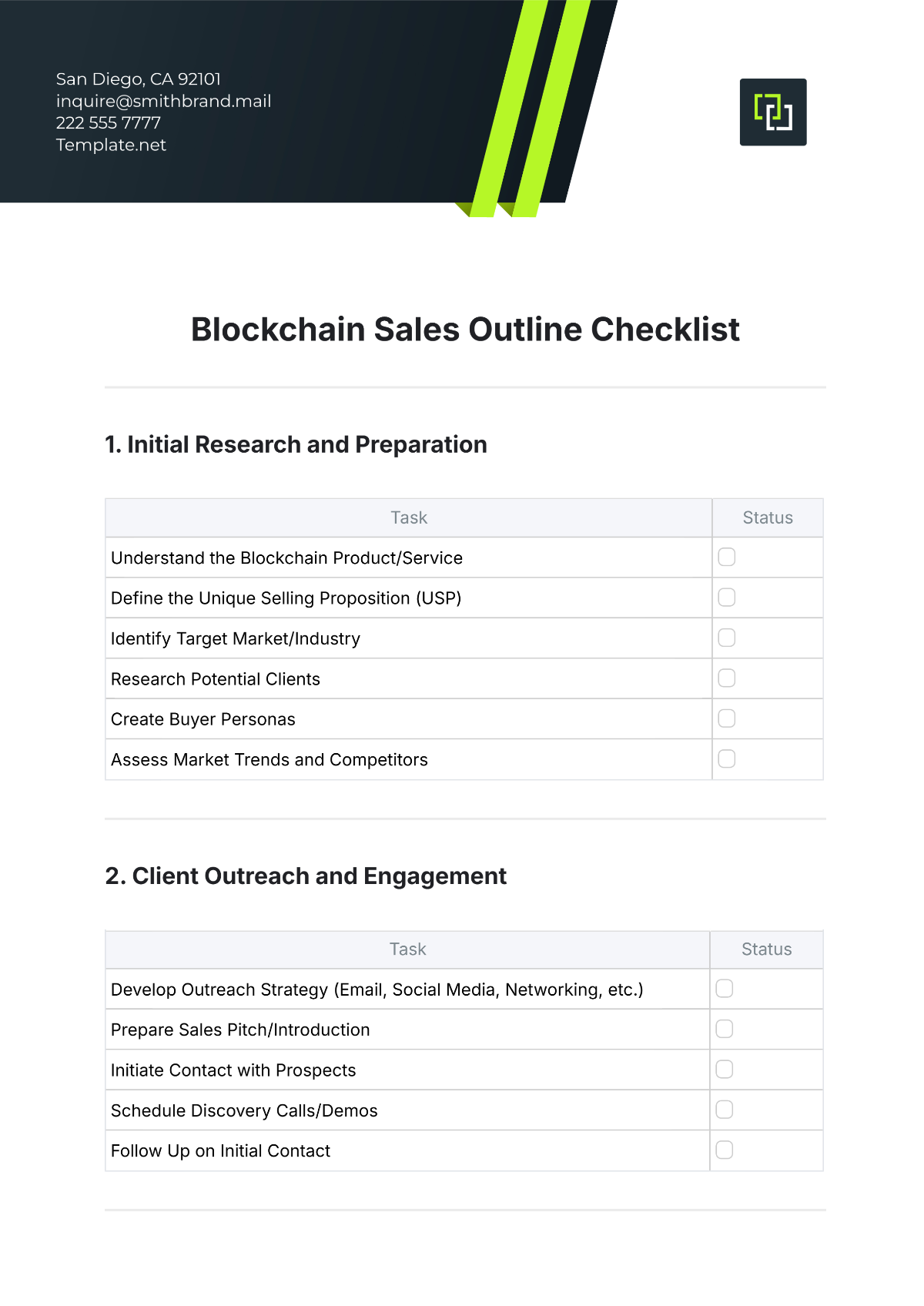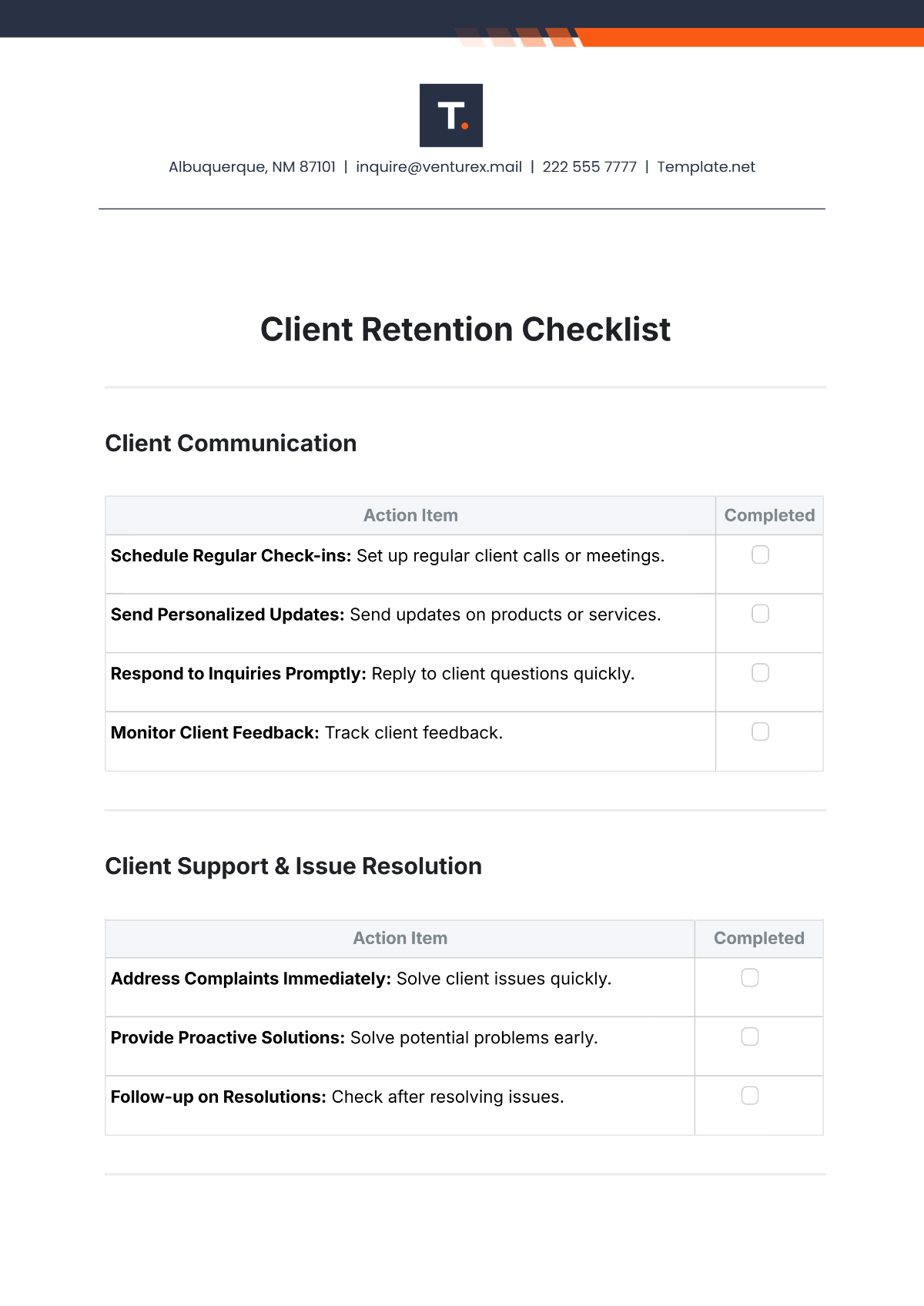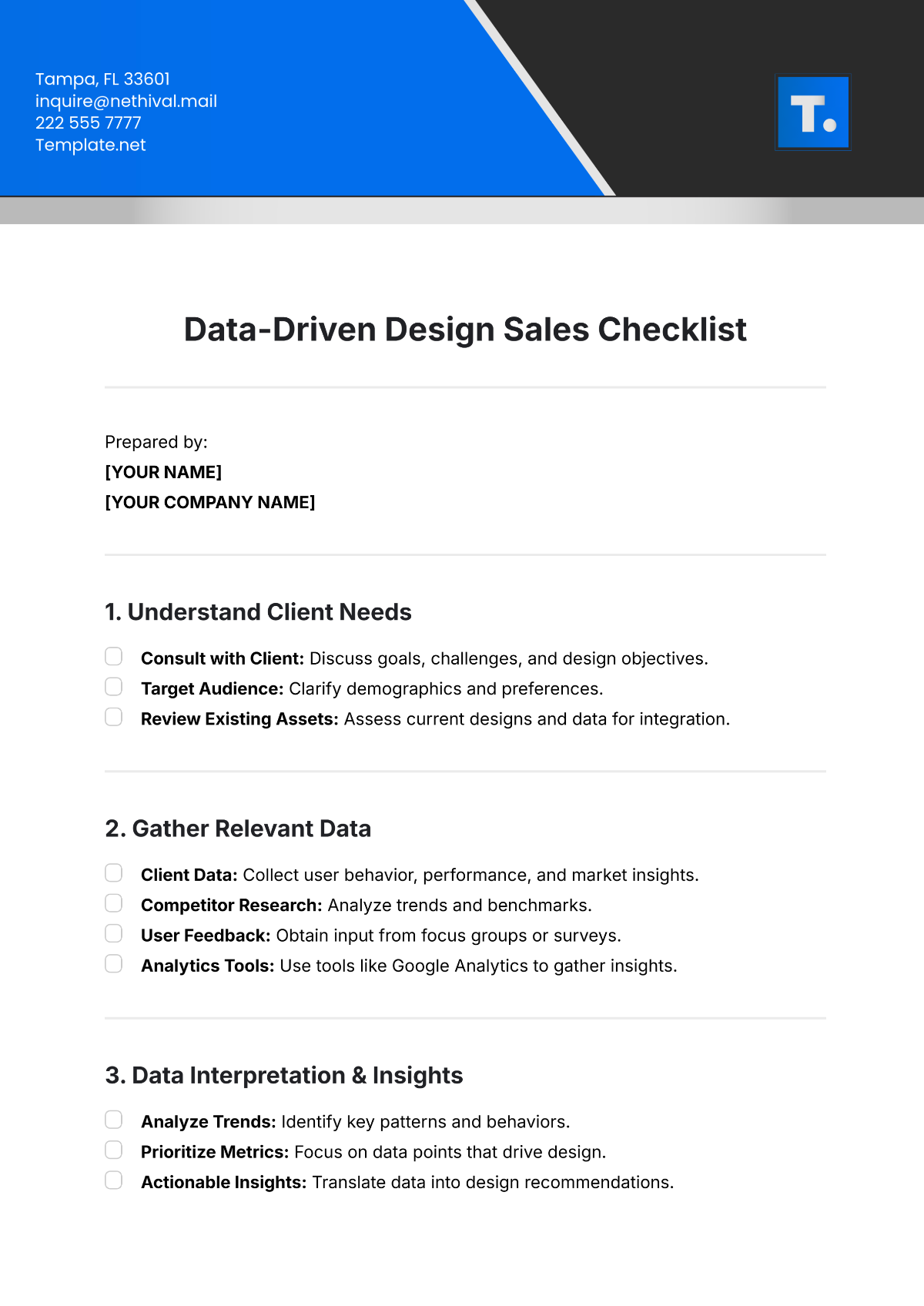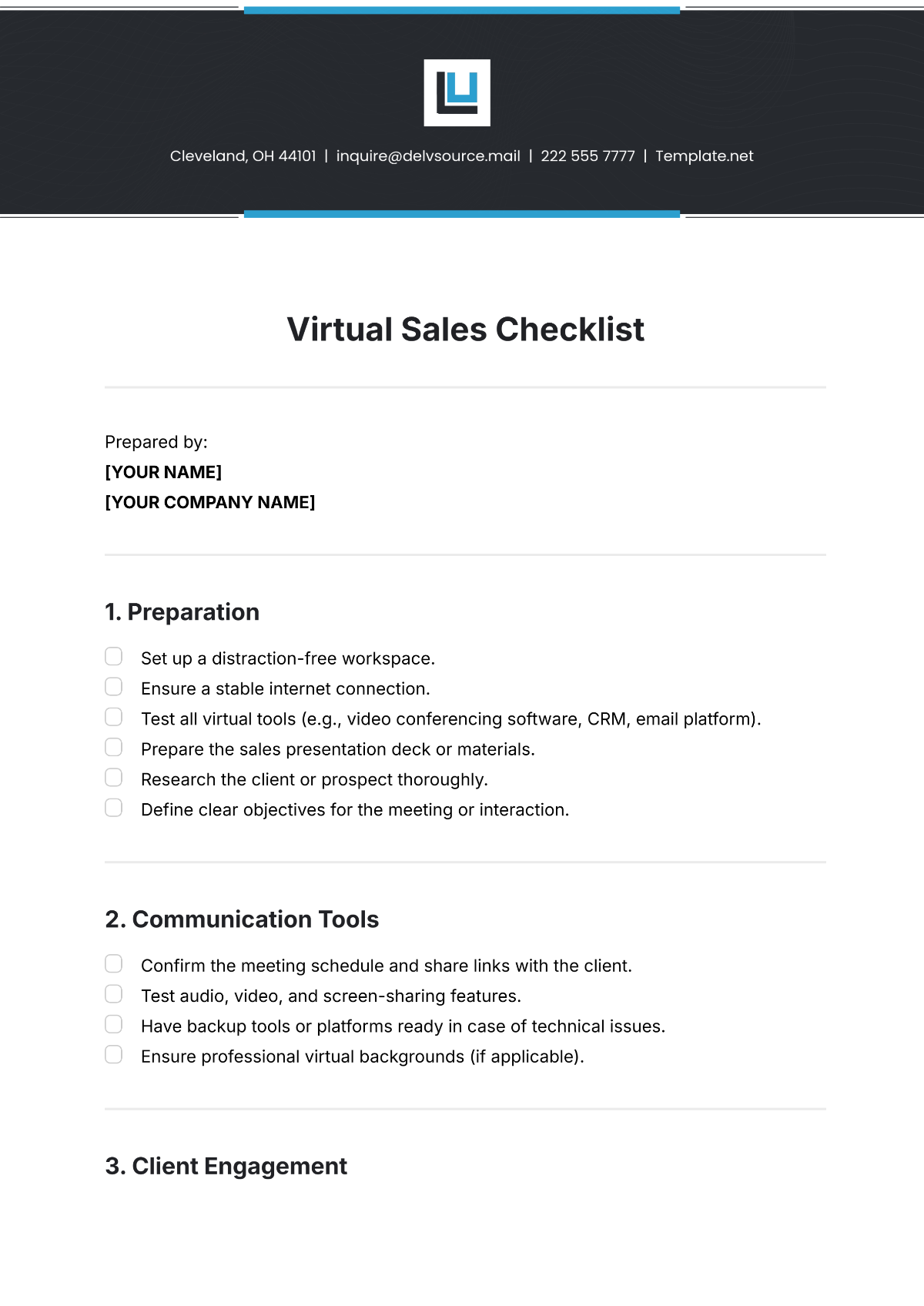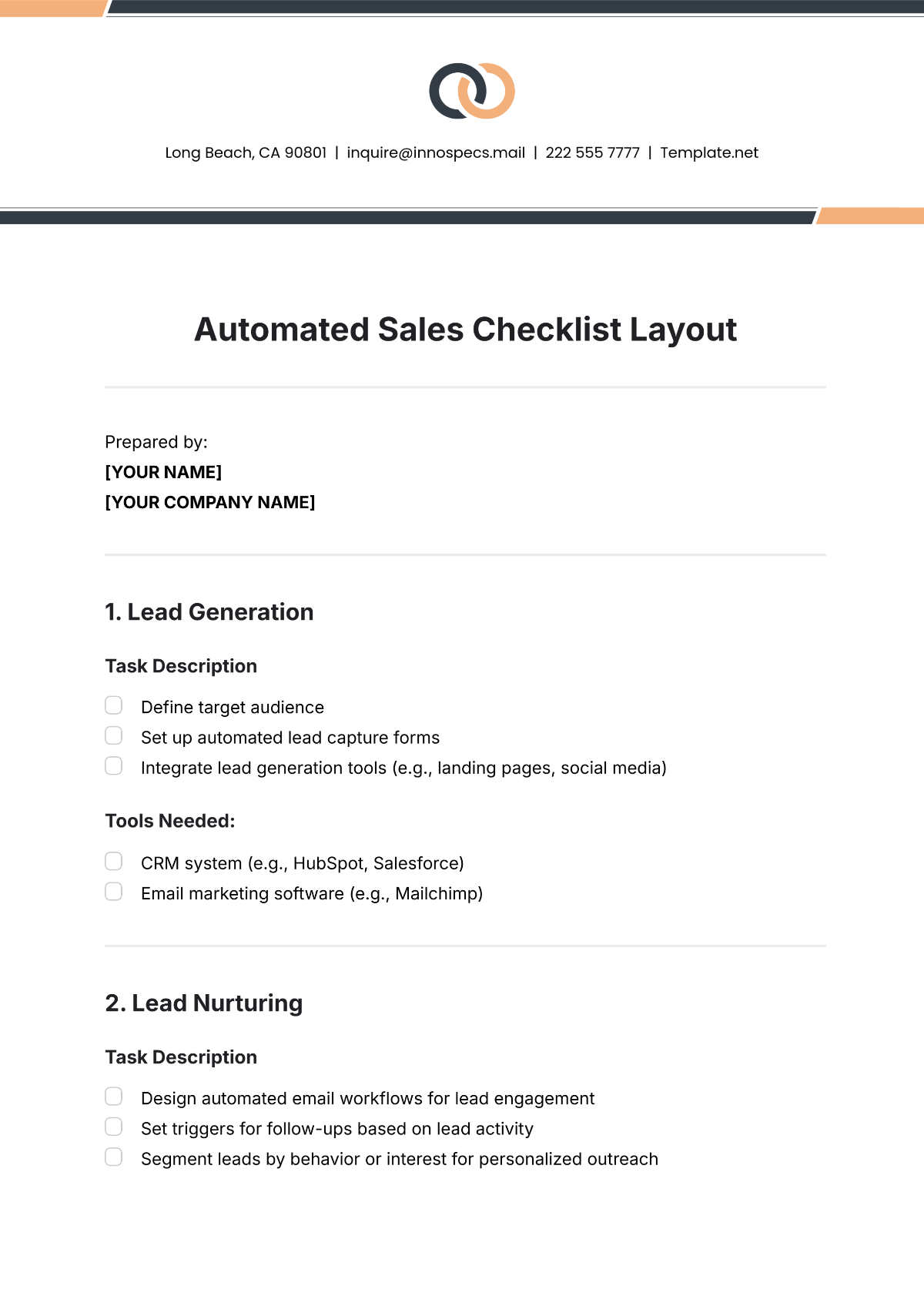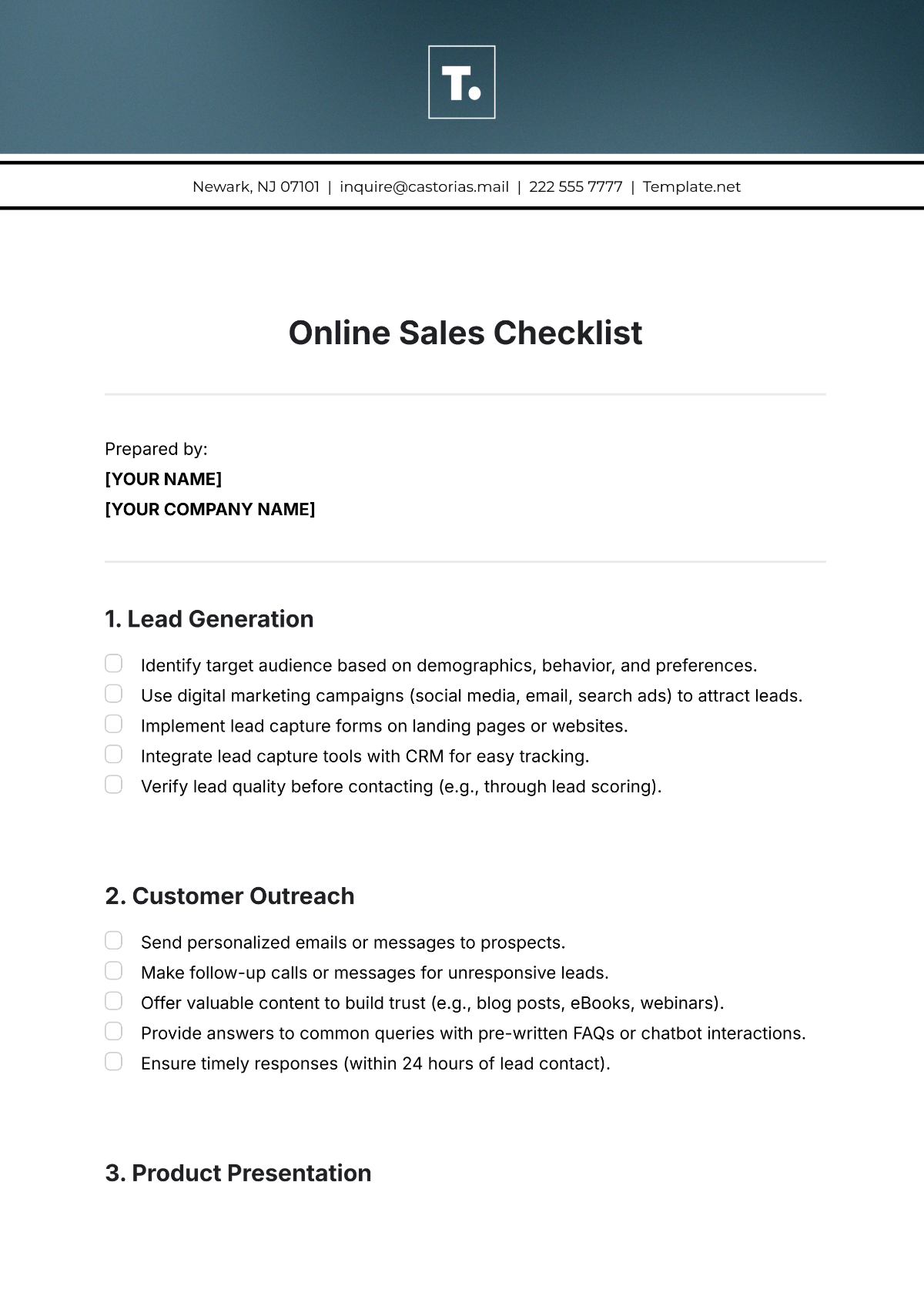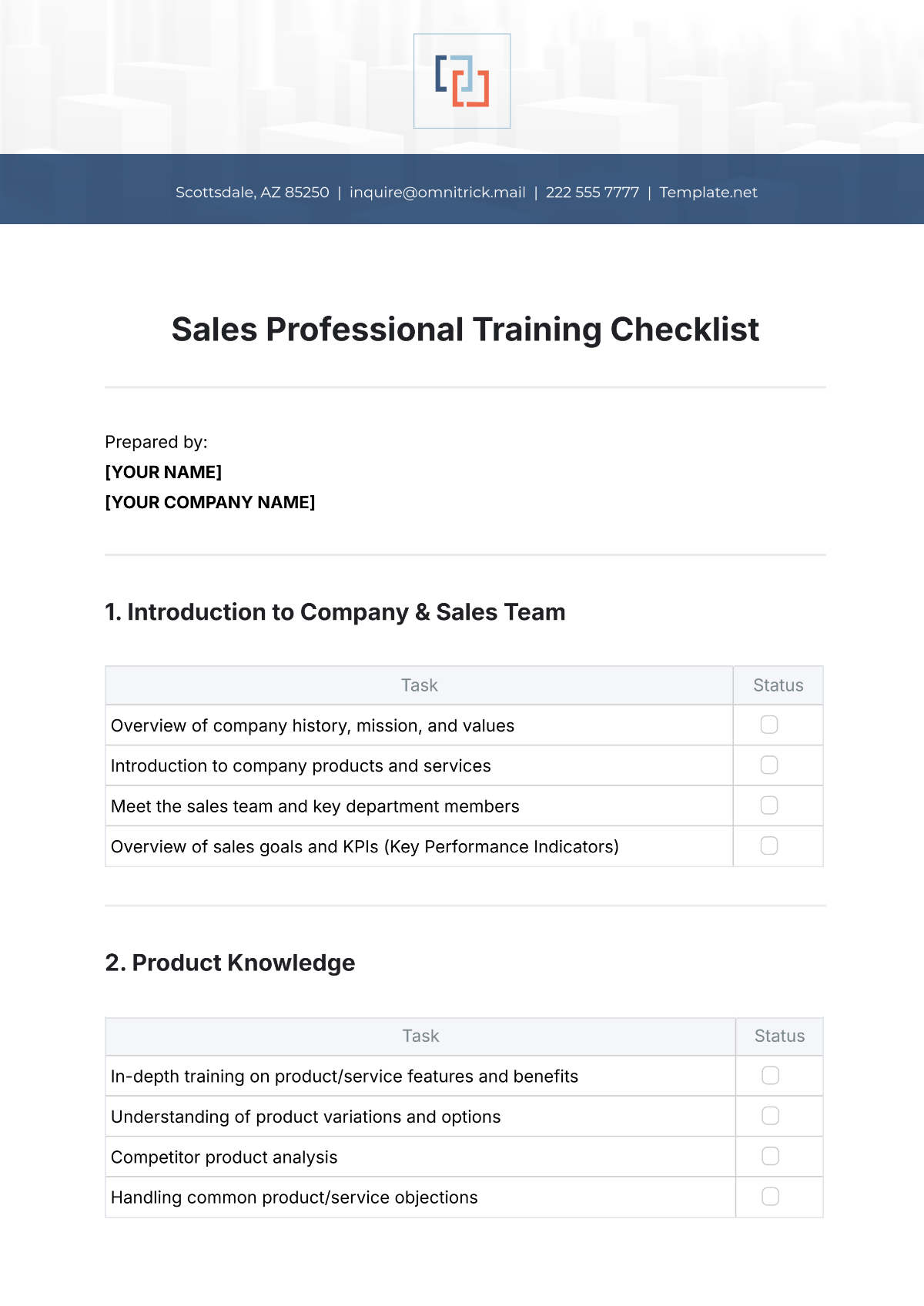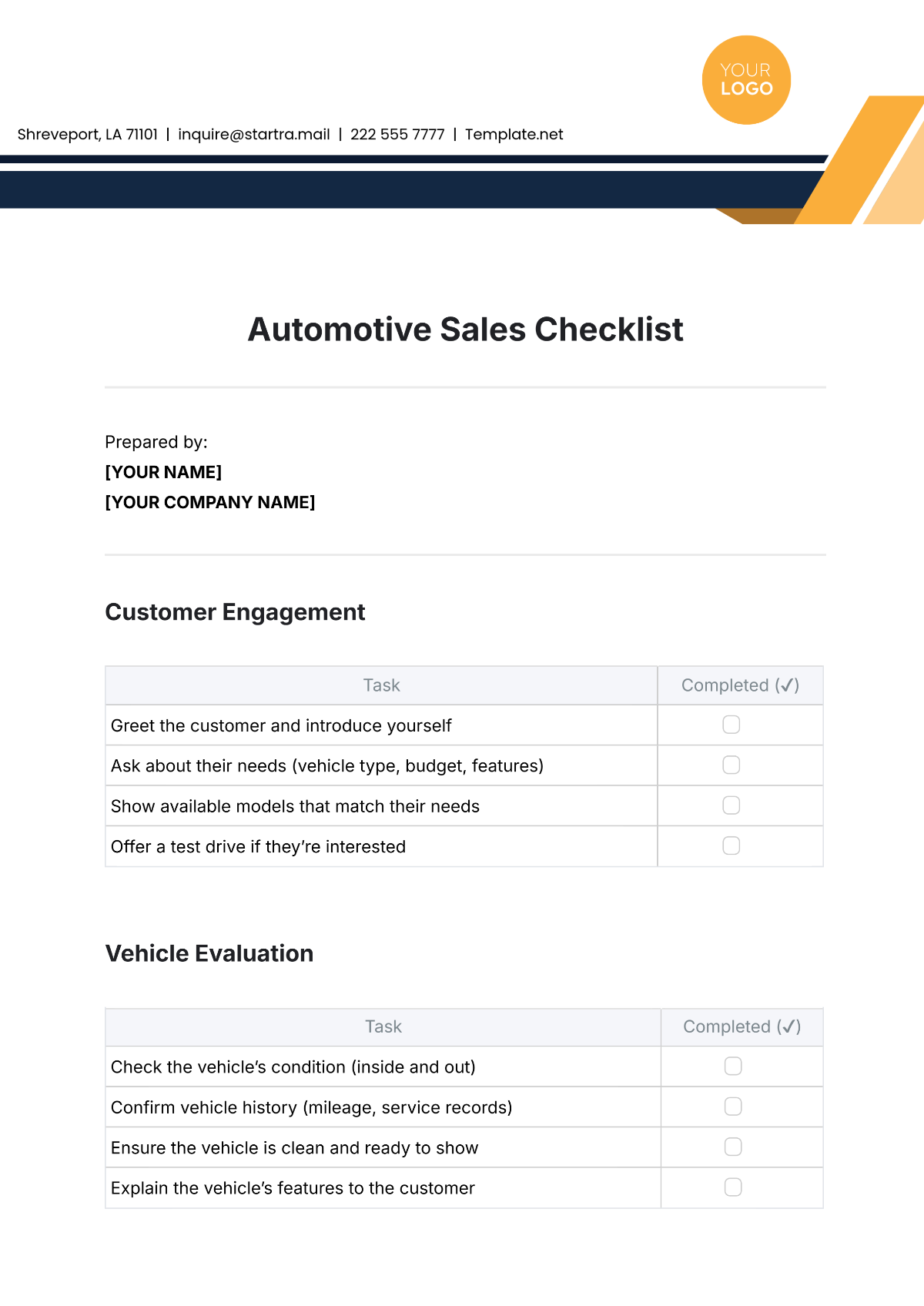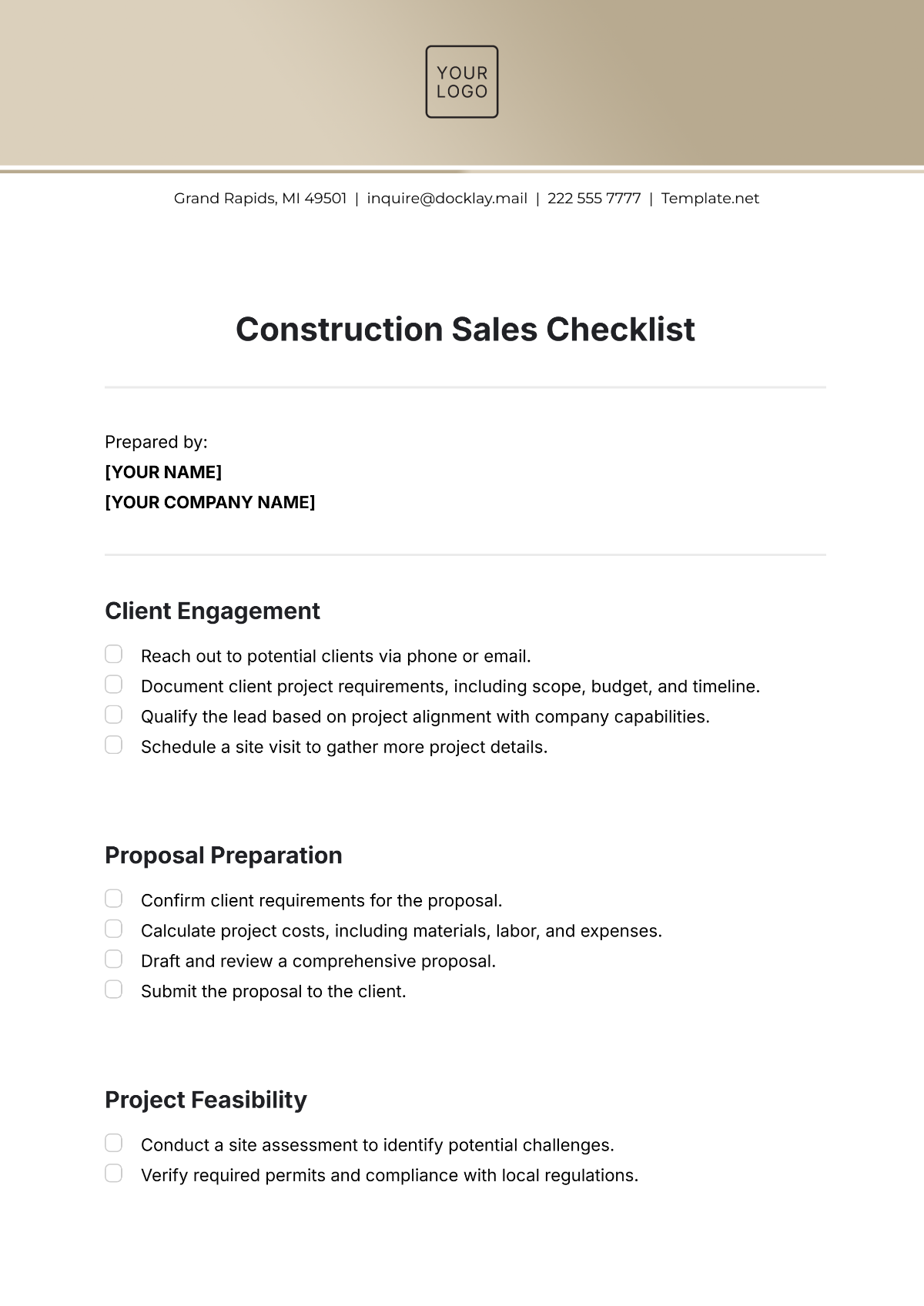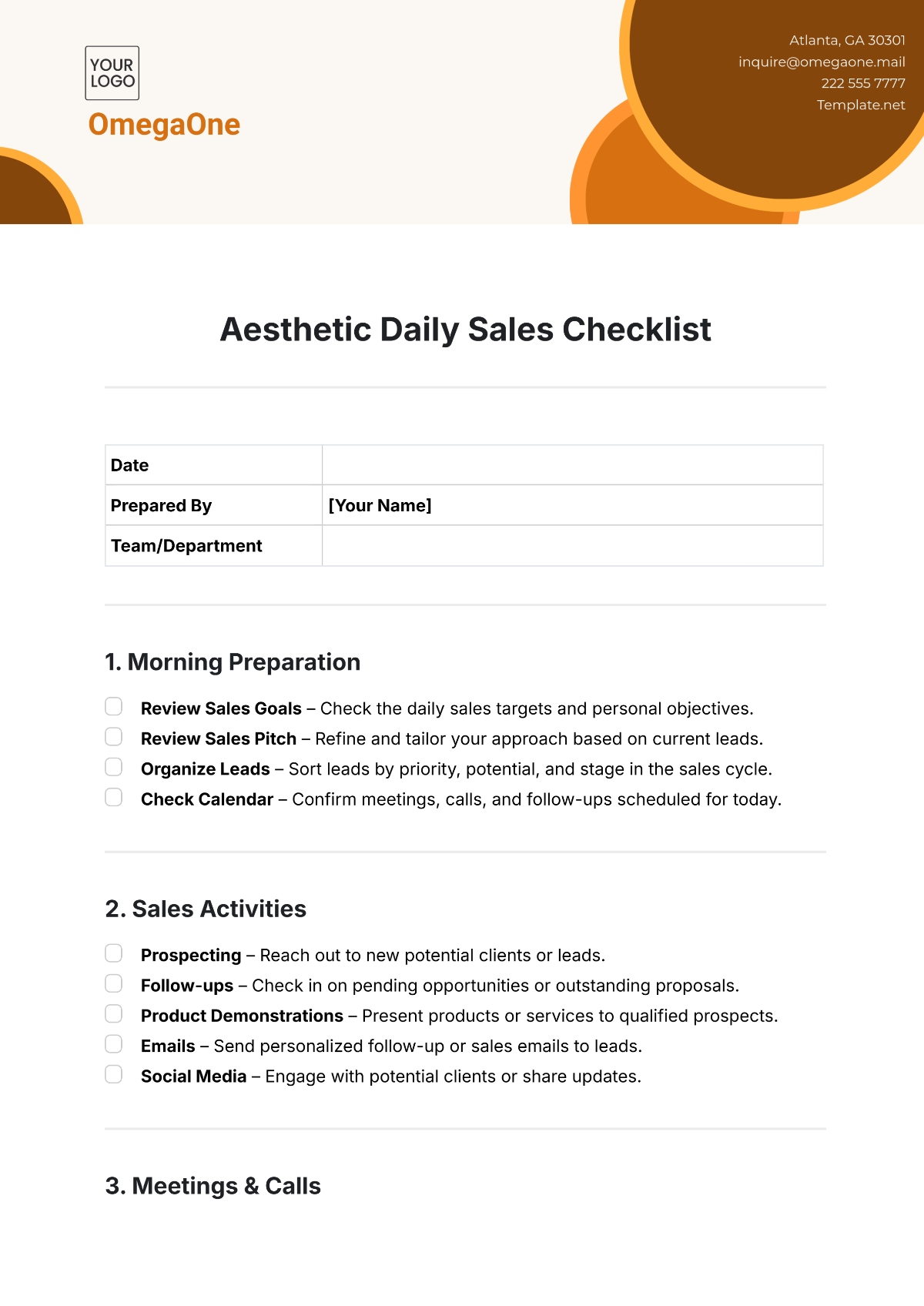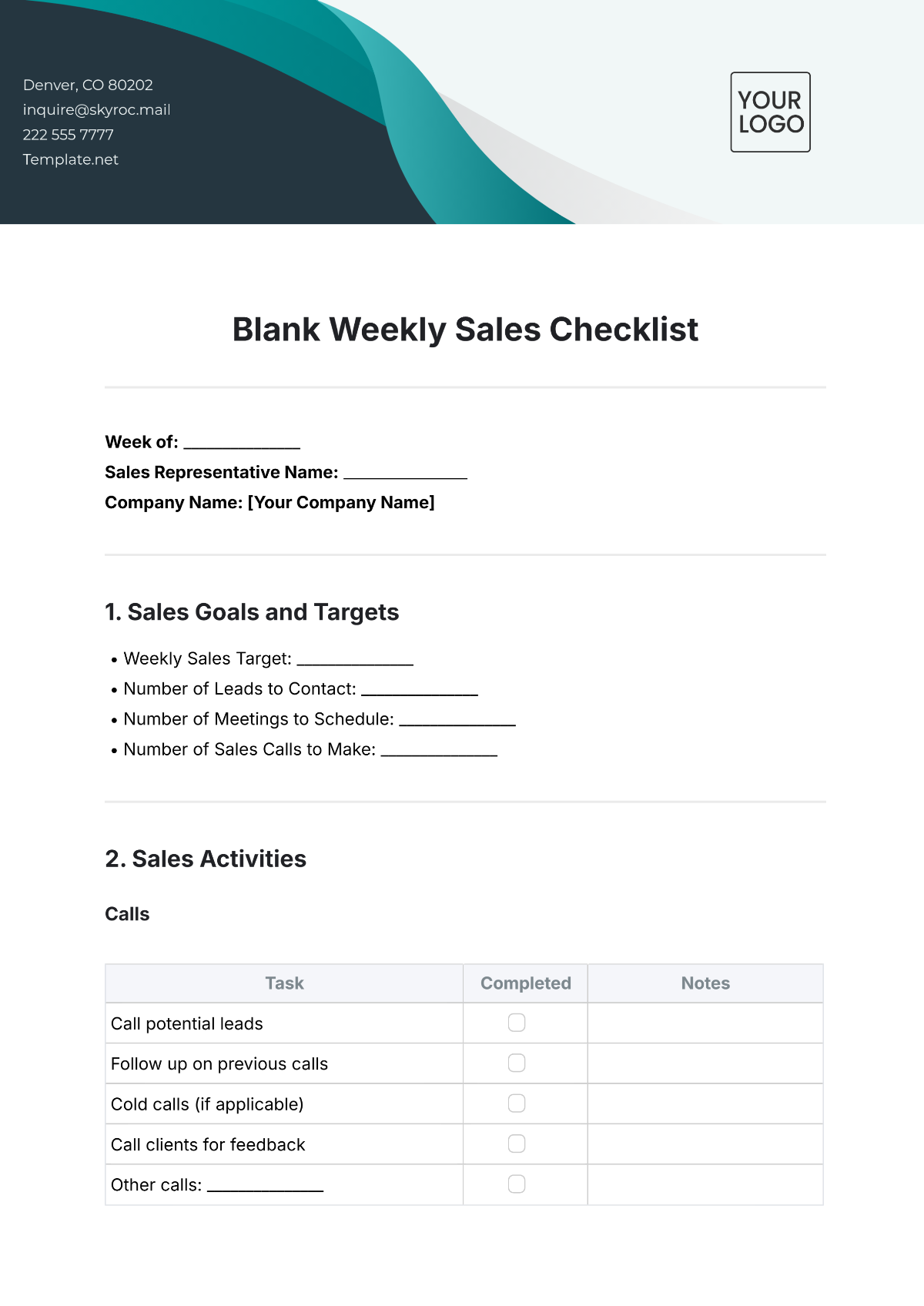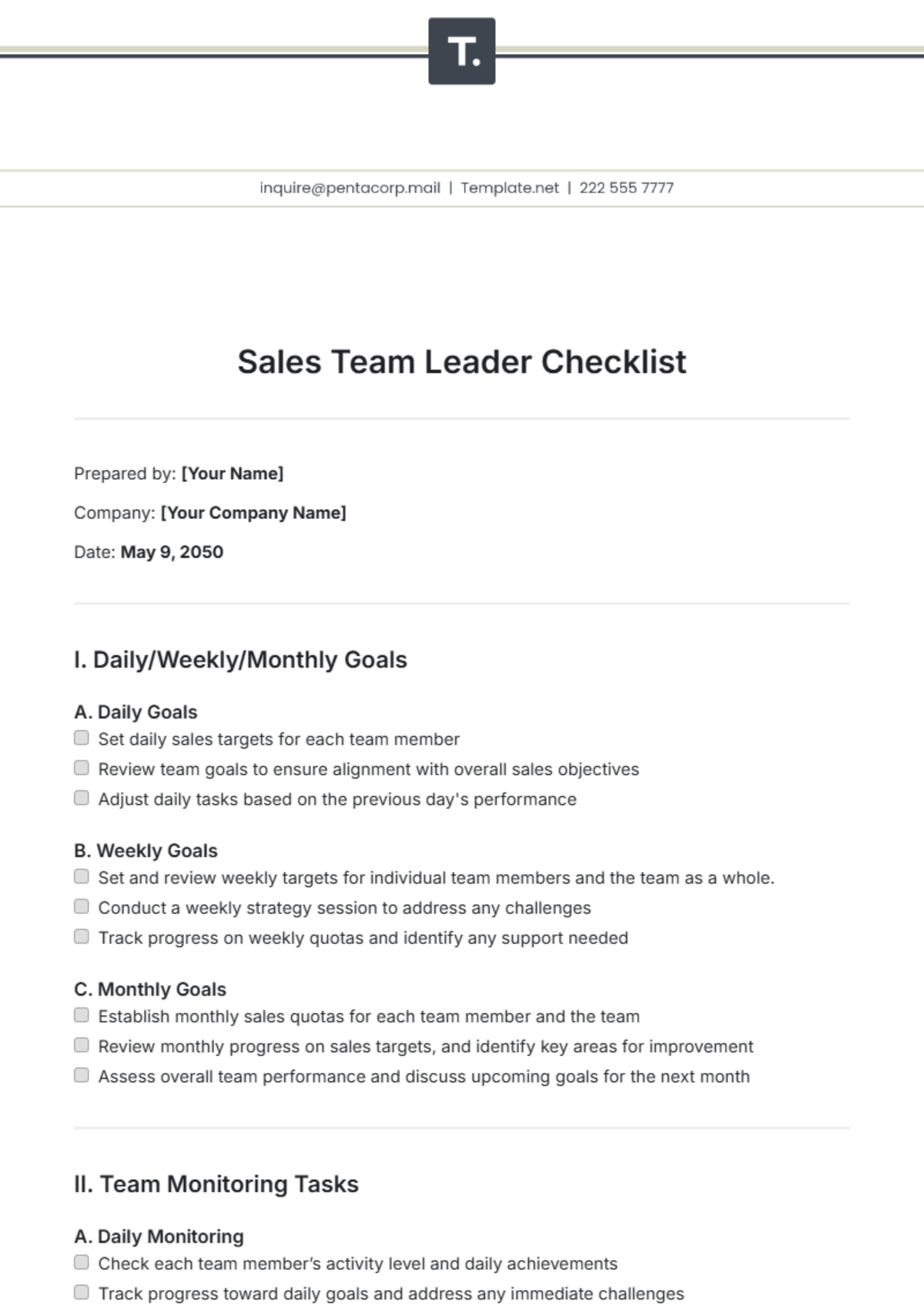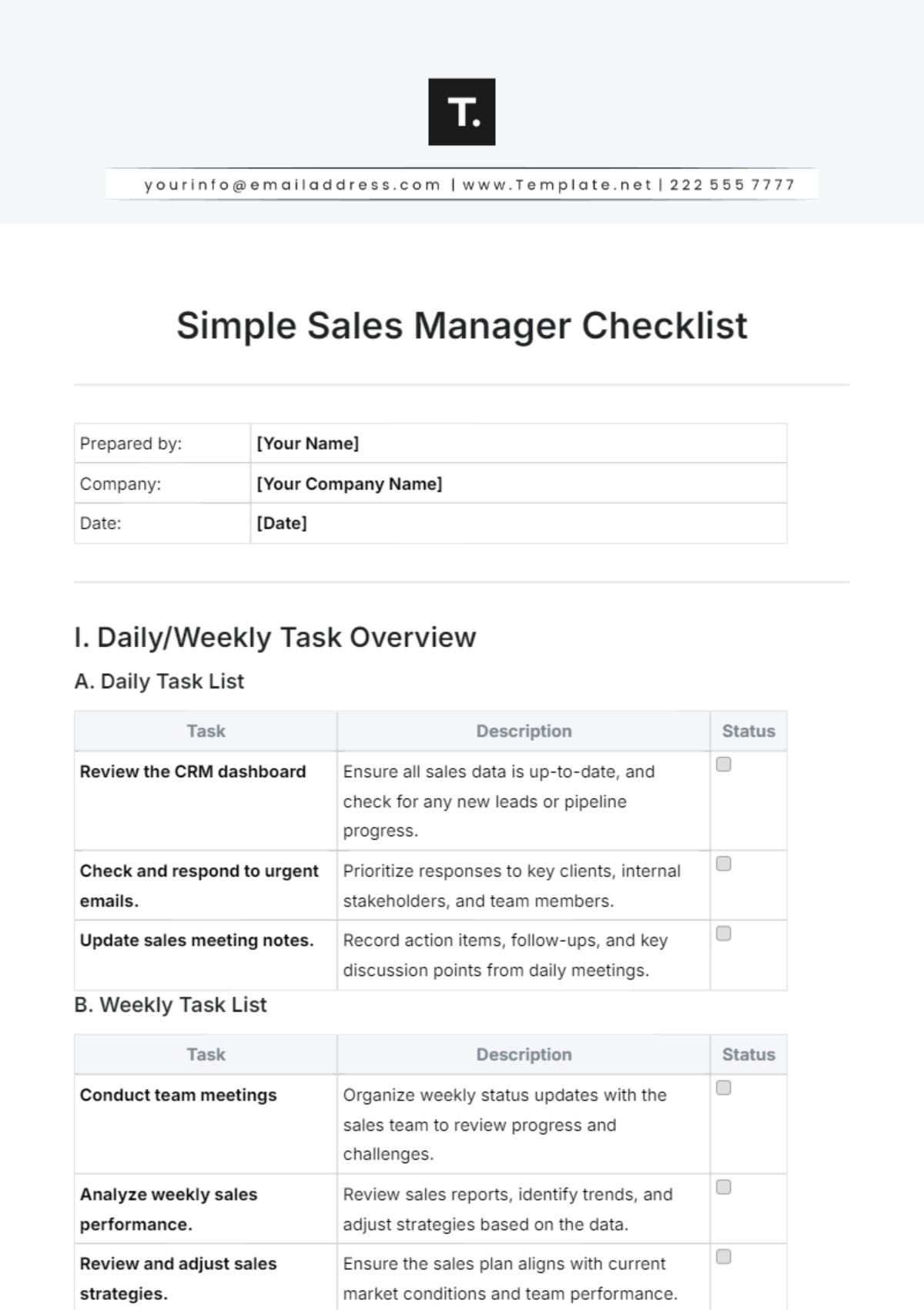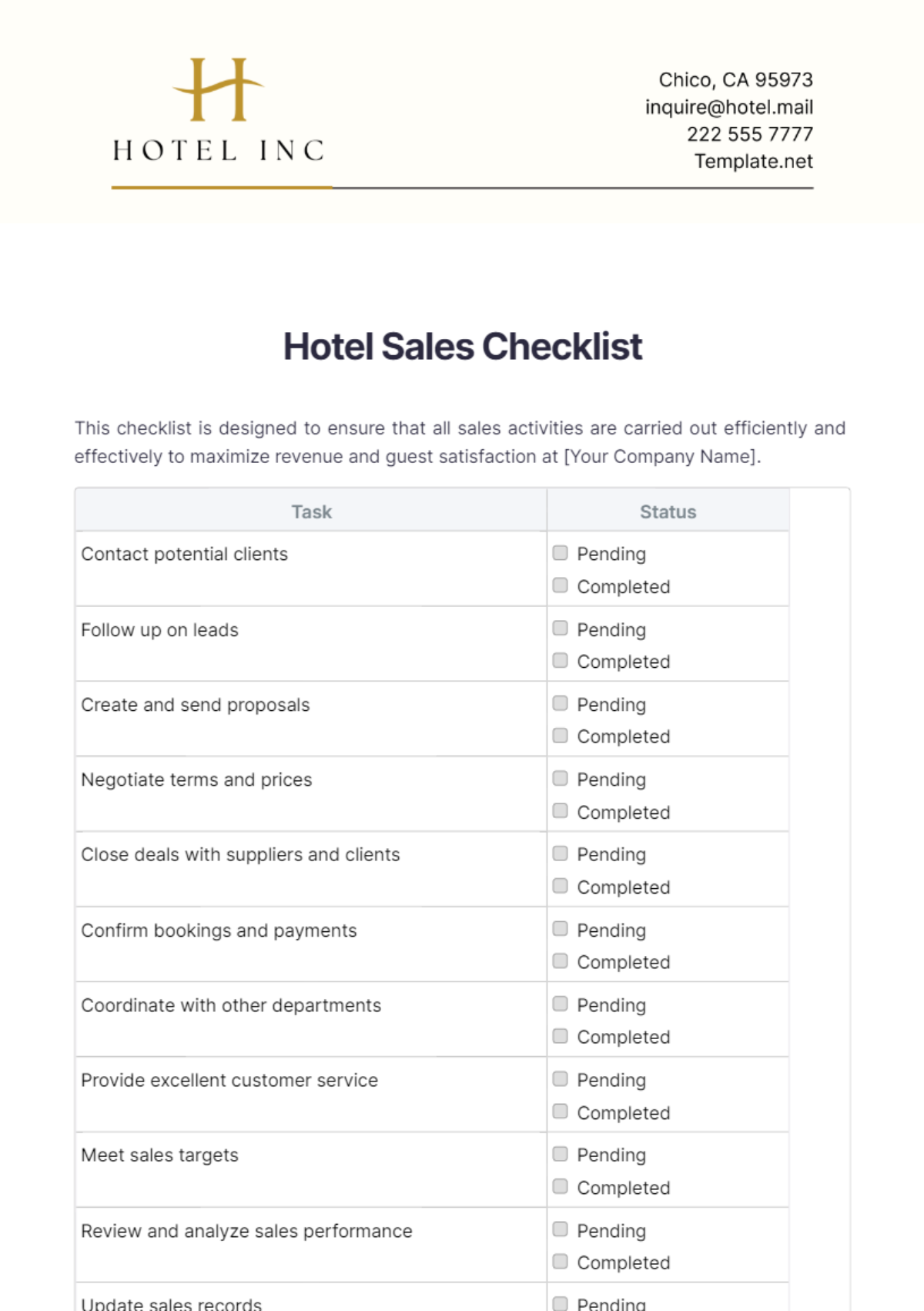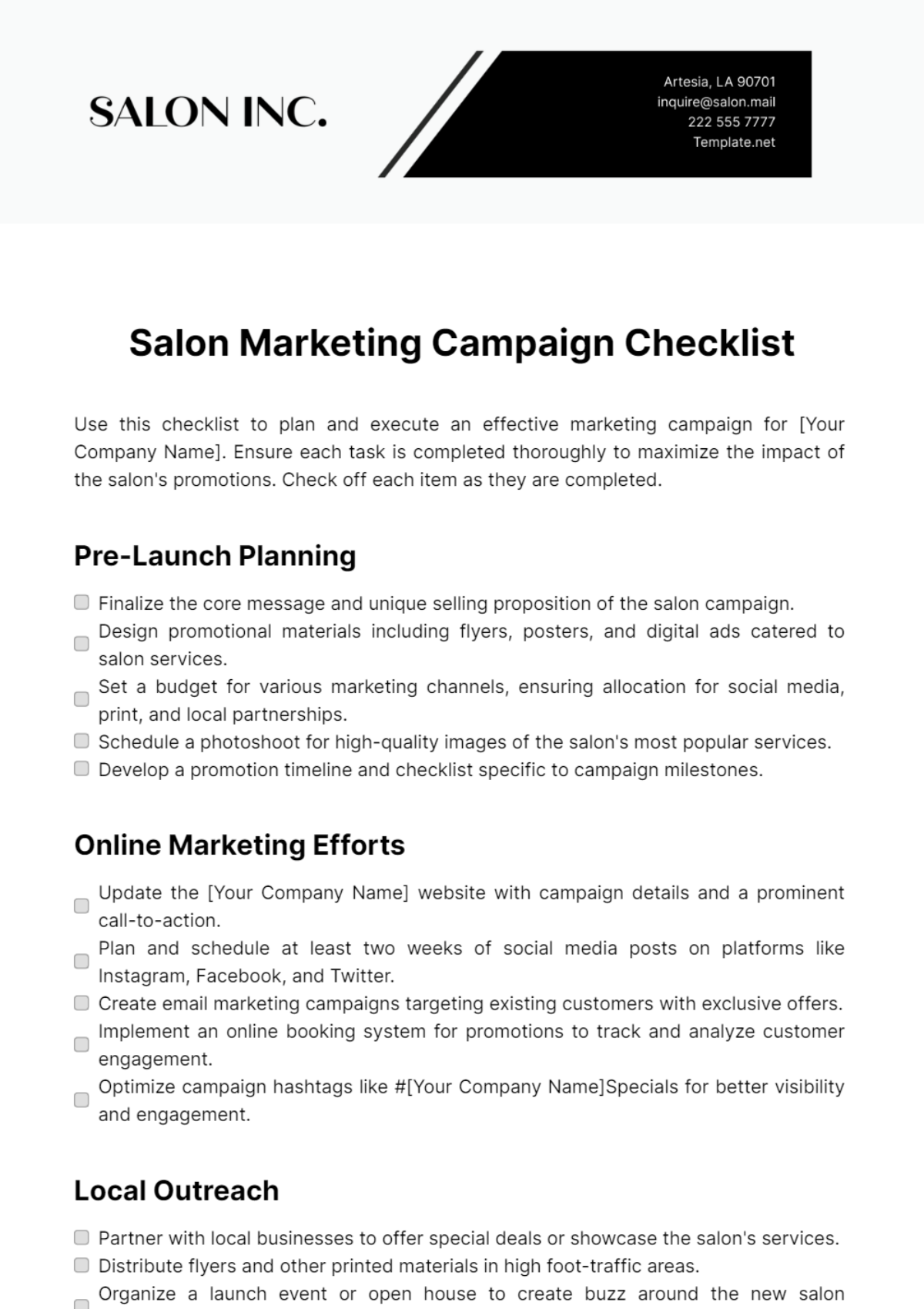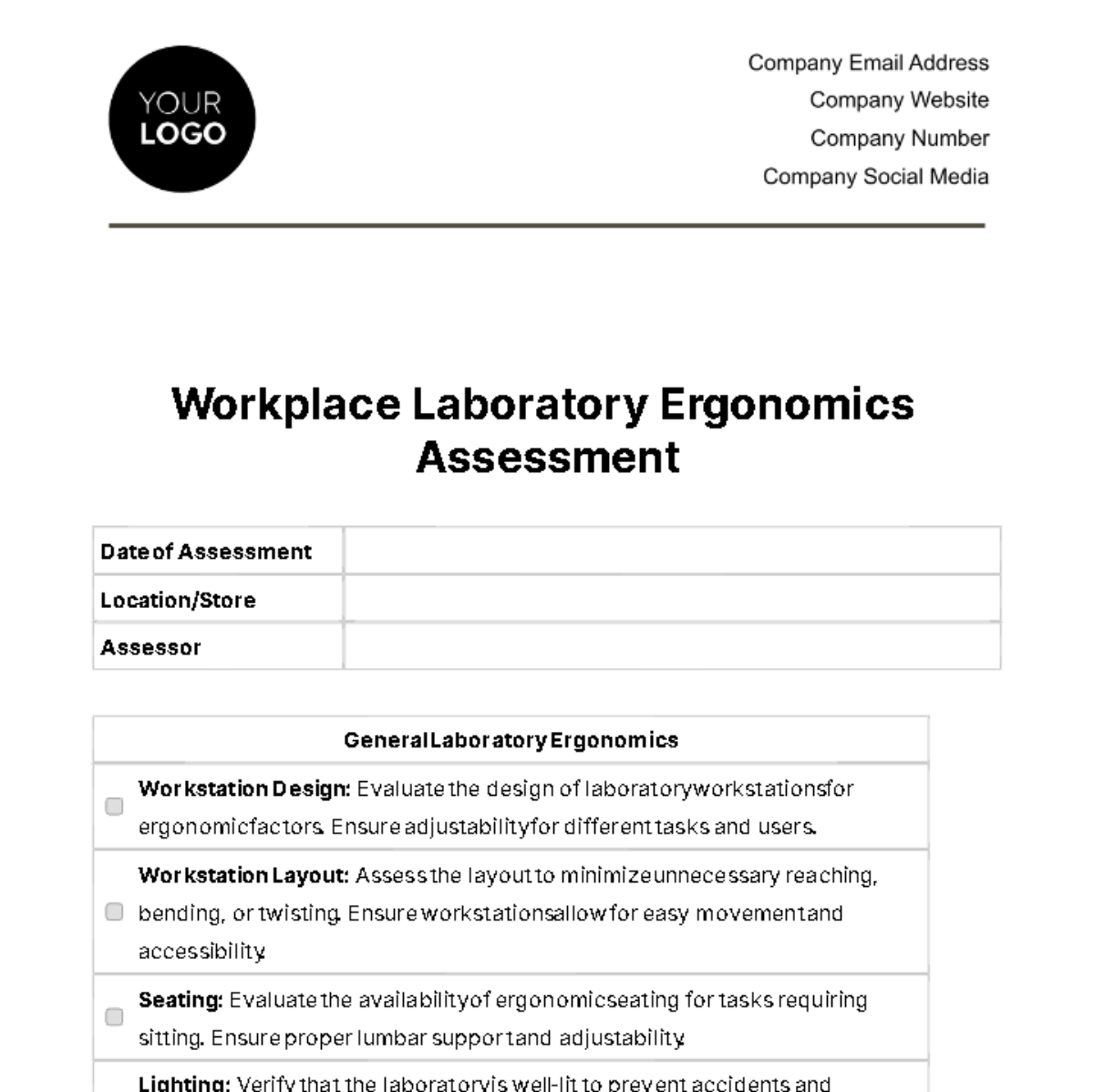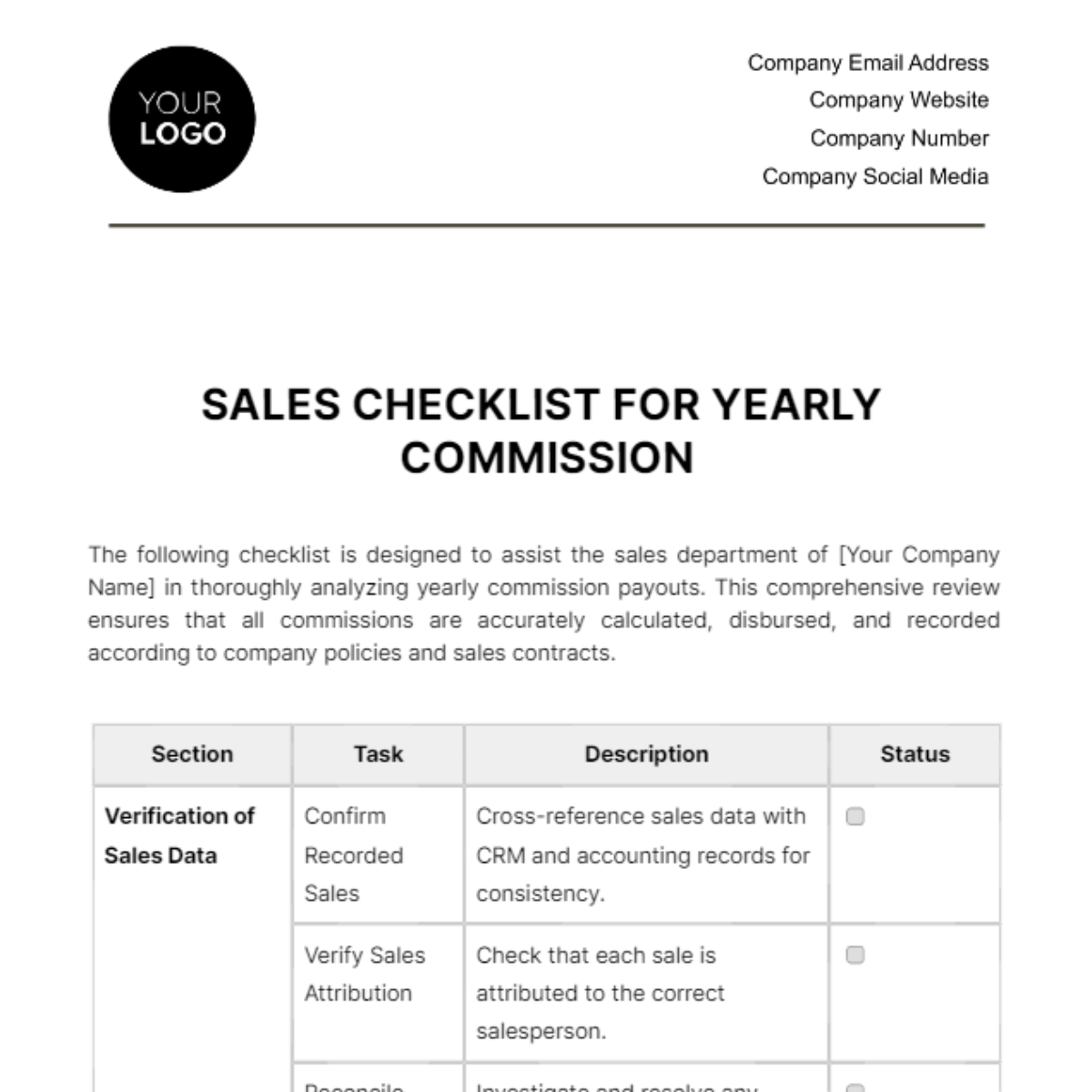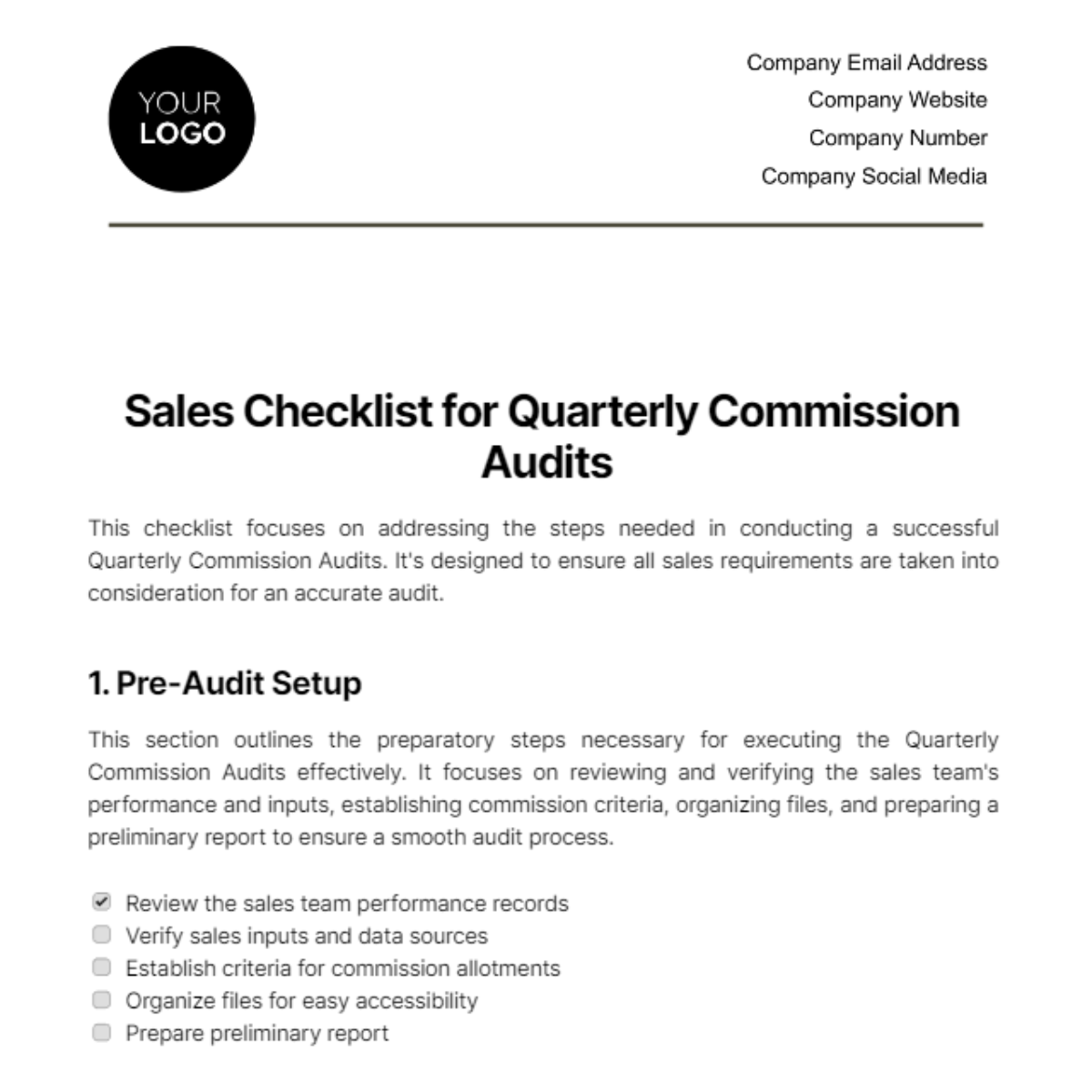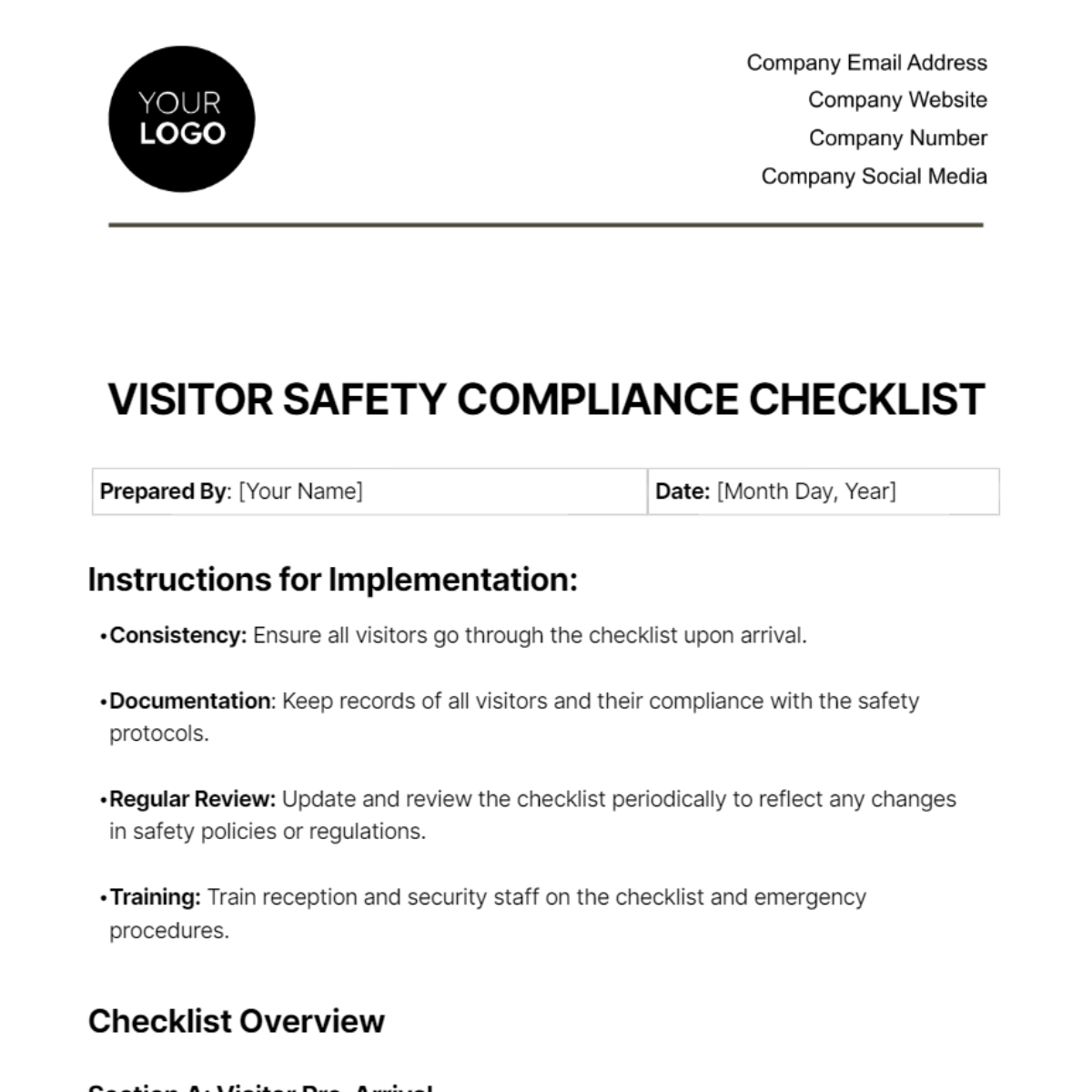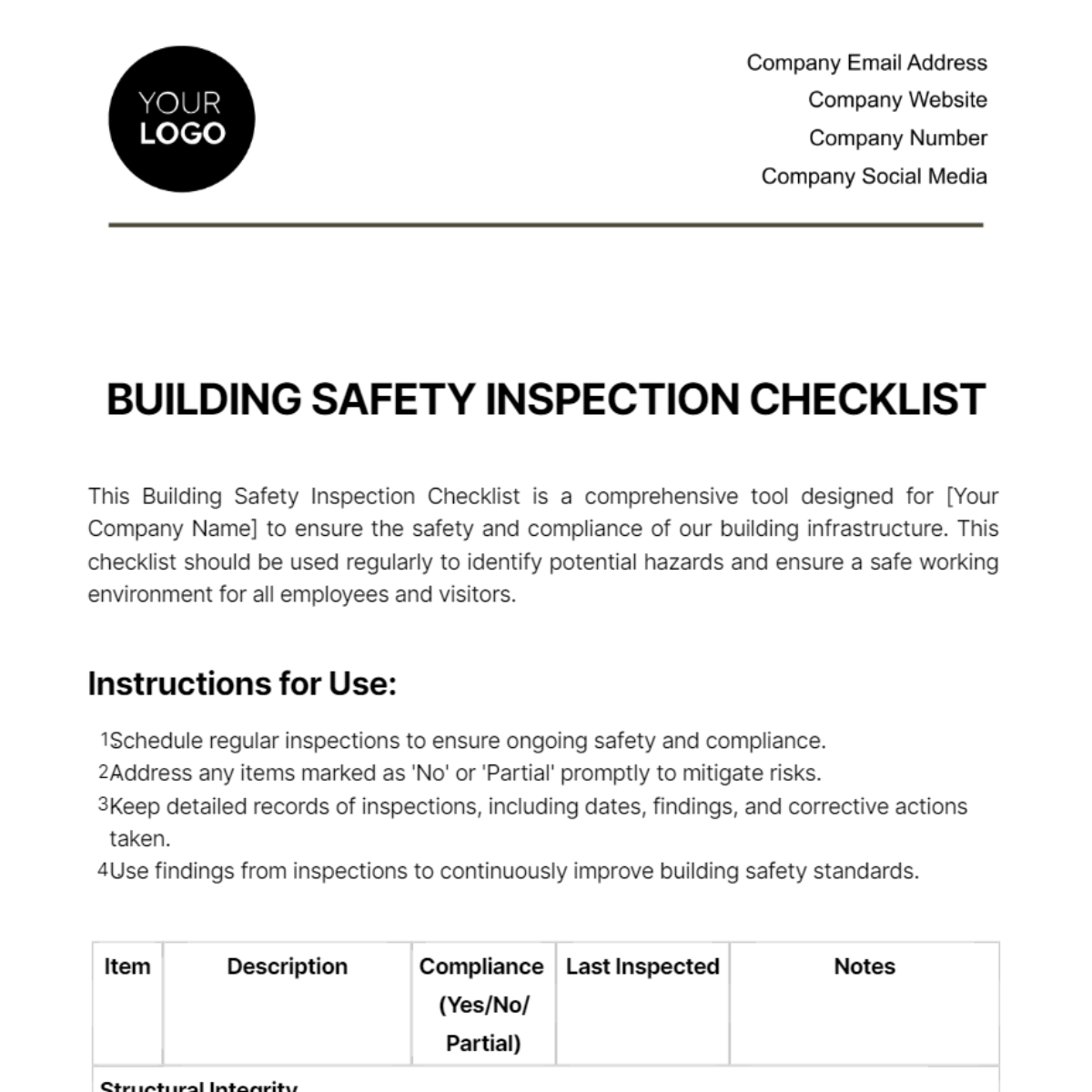Sales Key Account Management Checklist
Effective key account management is crucial for maintaining and growing important client relationships. Use this checklist to ensure that you are effectively managing your key accounts.
Key Account Identification
Identify key accounts based on criteria such as revenue, strategic importance, or growth potential.
Assign a dedicated key account manager for each key account.
Review and update the list of key accounts regularly.
Understanding the Client
Develop a deep understanding of the client's industry, business, and challenges.
Identify key client stakeholders and decision-makers.
Maintain open lines of communication to stay informed about the client's needs and expectations.
Account Planning
Create a customized account plan for each key account.
Set clear objectives and goals for each key account.
Develop strategies for account growth and retention.
Communication
Establish a clear communication plan with the client.
Provide regular updates on product or service enhancements.
Actively seek feedback and address any concerns promptly.
Account Growth
Identify opportunities for upselling or cross-selling.
Develop and implement strategies to increase account revenue.
Monitor account growth and adjust strategies as needed.
Problem Resolution
Act as a point of contact for issue resolution.
Respond to client concerns and problems in a timely and effective manner.
Implement processes for resolving issues and preventing future problems.
Reporting
Maintain detailed records of interactions and key account information.
Provide regular reports on account performance and KPIs.
Use data to drive decision-making and account strategies.
Cross-Functional Collaboration
Collaborate with other departments, such as marketing or product development, to support the client's needs.
Ensure a seamless experience for the client by coordinating efforts across the organization.
Risk Management
Identify and address potential risks to the key account.
Develop contingency plans for mitigating risks.
Stay informed about industry and market changes that may affect the client.
Succession Planning
Create a succession plan to ensure account continuity in case of key account manager changes.
Ensure that all team members are familiar with the key account's history and needs.
By regularly reviewing and following this checklist, you can enhance your key account management strategies and strengthen your relationships with your most important clients.
